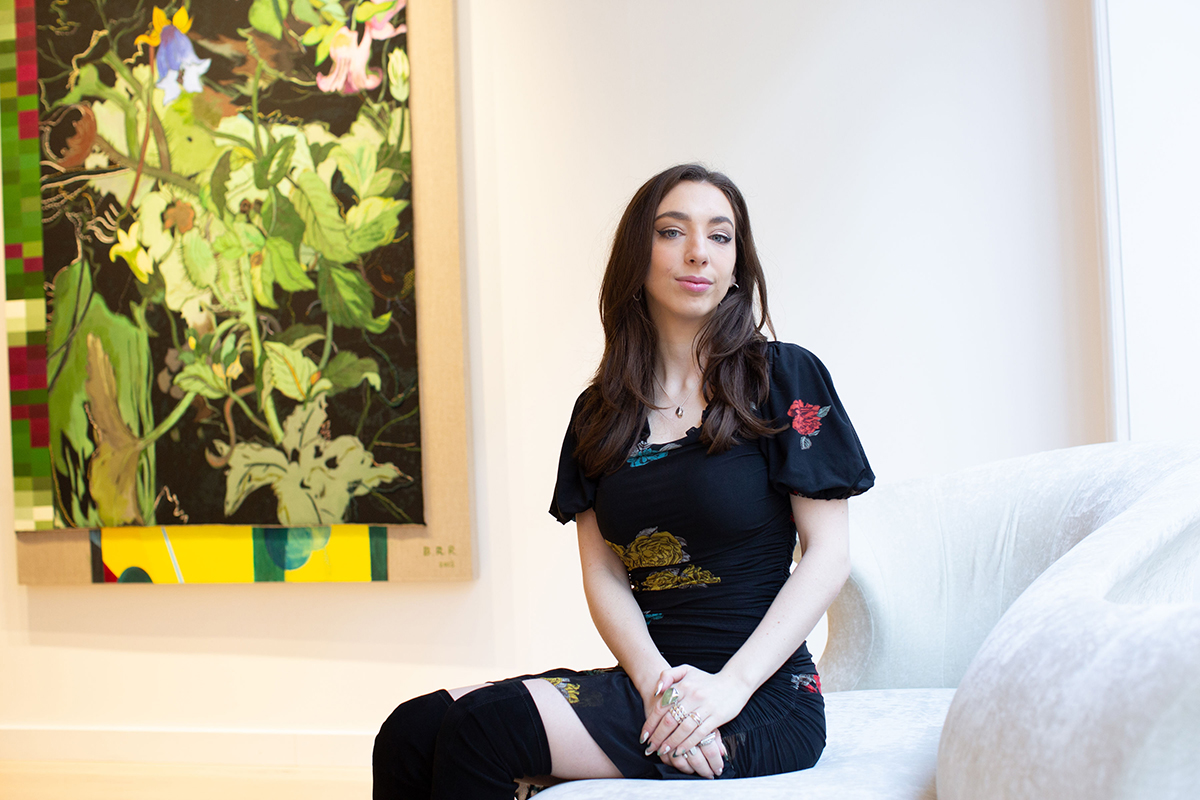
Millie Jason Foster, co-founder of Gillian Jason Gallery
Whilst art has often been perceived as a feminine subject, particularly in schools, men are disproportionately more successful than women in the arts. Here, Candice Tucker speaks with Millie Jason Foster, who along with her mother Elli, founded Gillian Jason Gallery to promote female-identifying artists from across the generations
LUX: What is the role of education in encouraging female artists?
Millie Jason Foster: I think that like most careers, but also like most people who are interested in exploration, education is really important. I think that when it comes to education in the arts, it’s an essential space to experiment and to learn. We have artists that we represent who have been painting for a long time and then have decided to go back and do a Masters and it’s that space of exploration on a residency or doing a Masters that their practice really takes off. They’re not just working in a vacuum in their own studio; they begin to be able to have a dialogue with other artists and see the world in a different way.
Follow LUX on Instagram: luxthemagazine
LUX: Despite the fact art is pushed as a feminine subject in schools and most art students are female, the majority of longstanding successful artists are men. Why do you think this is?
MJ: It’s like that across a lot of industries. My background is in finance and investment banking, and you can see the same there. A lot of people at the younger or junior entry levels of the finance industry are women, and then as you get higher and higher up the ranks, there are fewer of us, and it’s really the same in the art world. 65 per cent of women take up art school positions, but in the marketplace, it’s 65 percent of male representation and I’m hoping that that will change over time, but that’s why the gallery exists and what our mission stands for.
I also think that there’s a history of art being a very male-dominated industry, and I think that takes time to change. Even looking at the Royal Academy, they didn’t let women in in the same capacity as men for a very long time, and that is a long-standing British institution for the art world. Only having men means that all those ripple effects go down the line even to today. Only today we had the first all-female retrospective with Marina Abramović. So, the tides are changing, but I think it takes a lot of time to alter such a dense patriarchal system.

Gillian Jason Gallery was founded in 1982 by Gillian Jason and later relaunched by her daughter and granddaughter Elli and Millie Jason Foster
LUX: Do you think the Gillian Jason Gallery, which operates from a feminist perspective, provokes a different kind of collecting?
MJ: I hope that we do but not necessarily a feminist stance on collecting. I think that we showcase the best of art by women, no matter what the theme or the concept of the artist might be. So, although it might be feminist art to do with female issues, it also might be to do with sustainability, other cultural issues, race or gender or anything at all. What we’re really looking for is something that is visually resonant, but also intellectually important and that needs to have some weight to it. What we’re looking at is trying to define the best of art by women in the marketplace. We want to present the best quality art, but also with a sustainable look at careers because we’re looking at creating career longevity for every artist that we work with. We hope that collectors will come back to us time and time again to support those artists.
LUX: How do you bring in issues around sustainability into the gallery?
MJ: That comes in lots of different ways. In our office on, an operational level, which aren’t always that interesting but really are important for us, we have put all our catalogues online and created QR codes, in order to save paper and reduce waste and plastic. In terms of sustainability in our approach, we work with a lot of female artists who tackle ingenious and intellectual themes. For example, we worked with an artist called Julia Bennett at the beginning of this year. She focuses on solely making canvases out of mycelium. She’s looking at how art can be created and then returned to the ground when we’re done with it.
LUX: You have set up a network for young collectors called New Vanguard Collectors. What are the biggest challenges for young collectors?
MJ: I think there are two challenges for young collectors. One is access, and two is understanding. I’ll start with understanding actually, because with understanding, it’s about trying to gauge what you want to buy and why. My background is in a corporate job and I found that I have a lot of corporate friends who are now earning a lot more money but they don’t know where they want to spend it or how. They’re coming to me and asking, “Where do I start?” It’s the same with anyone who doesn’t work in finance, where do I start? What do I invest in? What do I look at? And if you flip it on its head from that perspective, I think it can be really daunting.
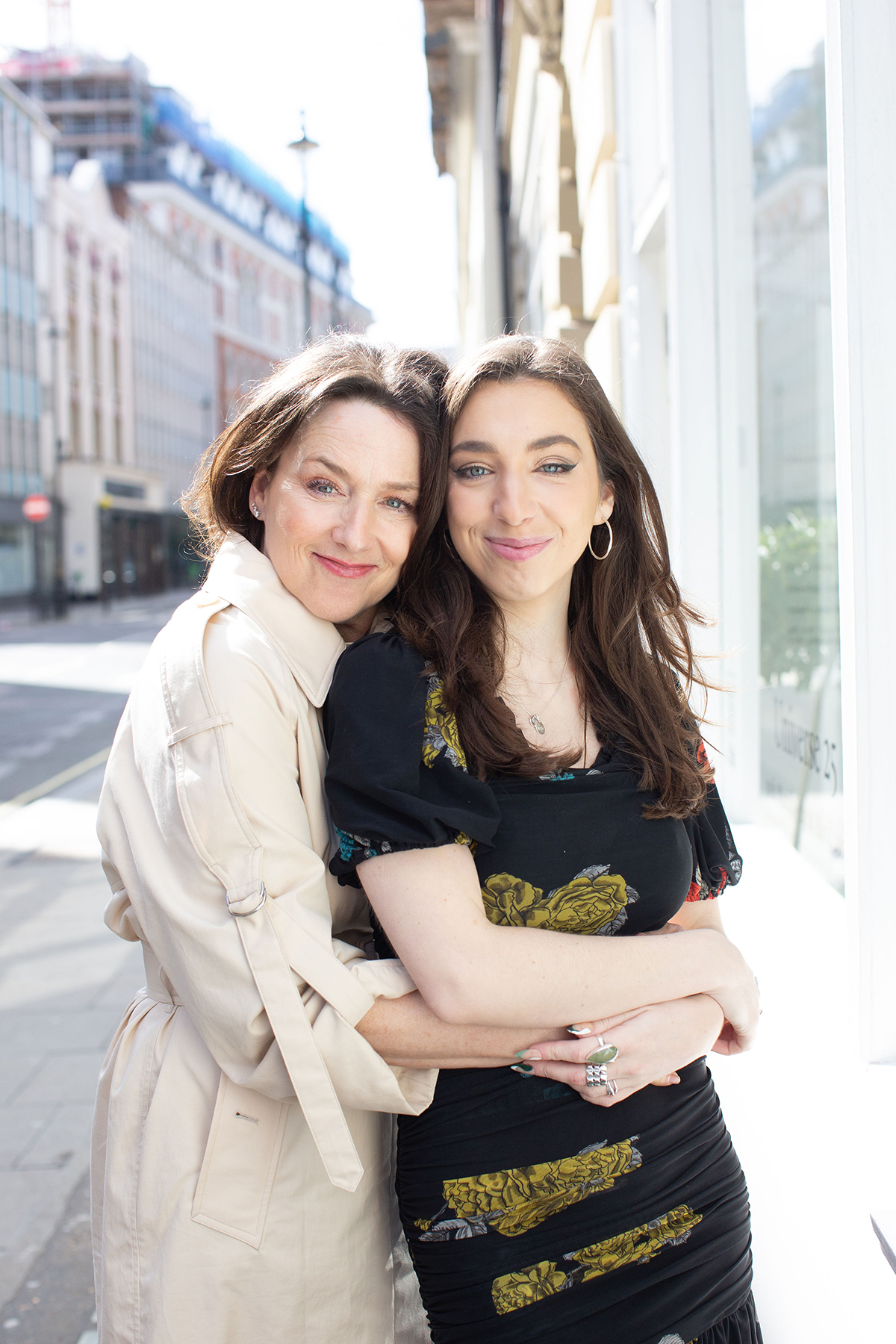
Directors of Gillian Jason Gallery, Elli Jason Foster (left) and Millie and Jason Foster (right)
The point of New Vanguard is to help collectors explore the art world more, because collecting can be an investment but also a hobby. I think combining the two today is important for young collectors because we don’t have that much spare cash for anything so if you’re going to invest in something, you have to love it. You have to understand that you want to support the artist and what you’re paying towards it, but you also want to know that in five years time the work is at least going to be what you paid for it, if not more. I think that recognising the need to change collections over time is important, the same way we change our wardrobes, or we develop who we are in a five-year period. I think there has to be a nod to investment and sustainability that way.
Secondly then, access. New collectors don’t get a look in at art fairs or with other large galleries because they haven’t got a roster of other amazing art works that a gallery will say, “Yes, I’ll give you a piece that you love.” So, access is a really big sticking point and with New Vanguard I want to make sure that I help collectors acquire the art that they want to collect, whether it’s with my gallery or another one, because I can assist with access in the art world.
LUX: Gillian Jason Gallery has been around since the 1980s. How has the focus on female artists changed since then?
MJ: My grandmother started the gallery in the 1980s, and her background was a ballet dancer, and my grandfather was an actor, so they came from very theatrical backgrounds. When she stopped dancing, she decided to open a gallery on the ground floor of her townhouse in Camden. At the time, Gillian really became a frontrunner in modern British art, and was a very formidable dealer in that sector, but all along her career championing modern British art, there was always a focus on women. For example, she would always focus on the wife of the famous artist, who was also an artist in her own right. She would do a duo show between David Bomberg and his wife Lillian Holt, and she helped Lillian Holt have one of her pieces acquired by the Tate. Gillian always had this legacy of really focusing on art by women. So, when it came to taking over the gallery a few years ago, in 2019, we decided to take her legacy and found a gallery that solely represents art by women. We were the first to do it.
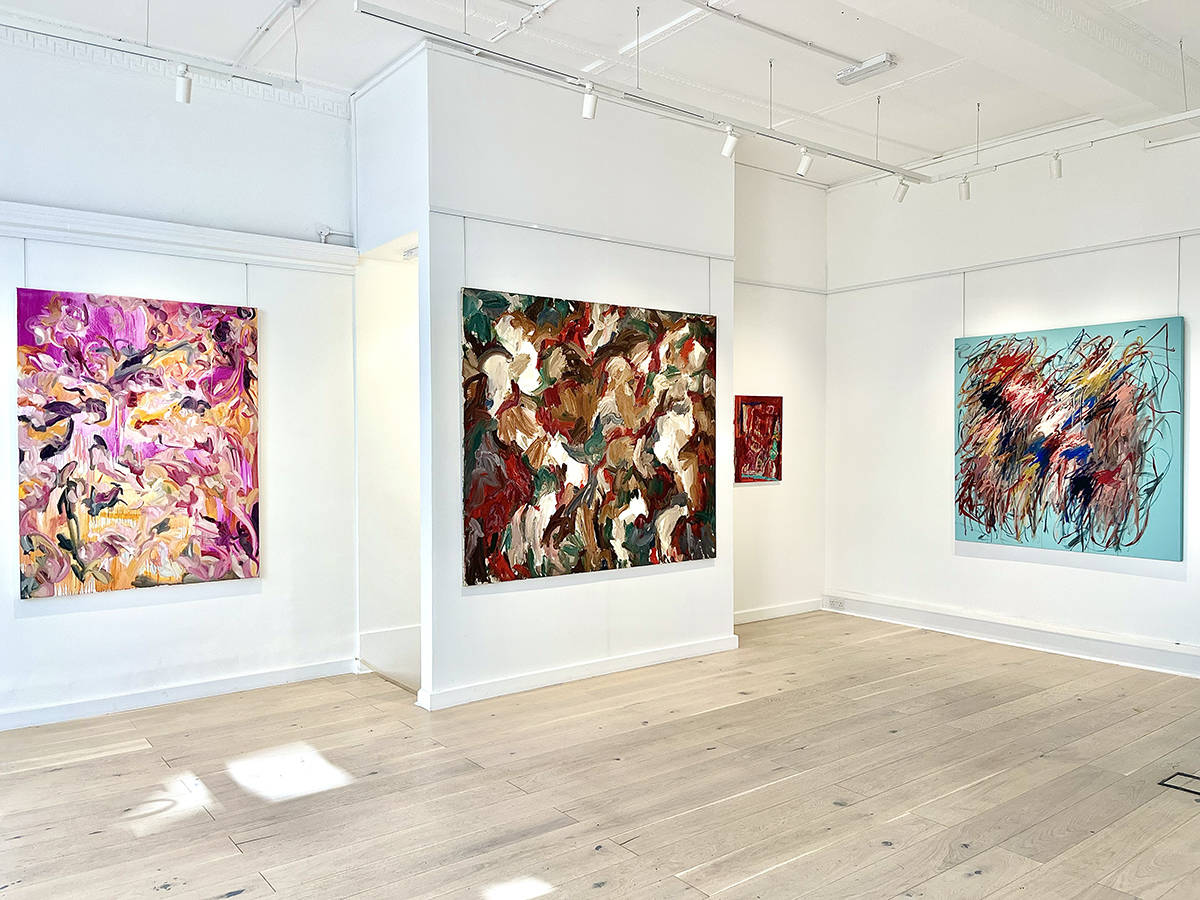
Works by Berenice Sydney, exhibited at Gillian Jason Gallery
LUX: Have you noticed a drastic change in the representation of female artists since you started?
MJ: No, and it’s been nearly half a decade. I have noticed that more people are waving the flag of supporting art by women, but not necessarily putting their money where their mouth is. At art fairs a third of representation is women and I don’t even want to talk about the prices because it doesn’t even match any of the men. Even at auction, in the top ten, I think there’s two female artists: Georgia O’Keeffe and Jenny Saville, and they don’t make the top five. Those kind of shifts still haven’t moved, and there are extraordinary female artists that just aren’t hitting any of the pricing that male artists are, and I think it’s going to be a long struggle to try and change that outlook.
Read more: Francis Sultana: The life of a leader in design
LUX: What’s the benefit of being a purely female or all female identifying gallery?
MJ: I love having an identifiable mission, and it really helps focus on the best of art by women. It shows collectors that we’re looking for the best of art by women, and it shows artists that we’re looking for the best of art by women. Having that strong network is really important to us, because it means that we’ve founded a community where everyone talks to each other about how they can best support one another. There’s no competition. It’s all about collaboration. We get calls from collectors sometimes saying, “I found this new, incredible female artist, I think you should work with her.” And the same with our artists. We put them all in touch to try and understand best practices. I think that community and safe space is really important, and there have always been safe spaces for art by women and I think that GJG allows that to continue.
LUX: Do you think there will be a point where it won’t be necessary for Gillian Jason Gallery to exist and do you hope that this will be the case?
MJ: I hope that there will be a time where it’s not necessary for Gillian Jason Gallery to only support art by women, and that time will exist when there is a minimum of 50/50 in the art market in terms of representation and pricing for women and men, but I don’t think I’ll see that in my lifetime.
Find out more: gillianjason.com



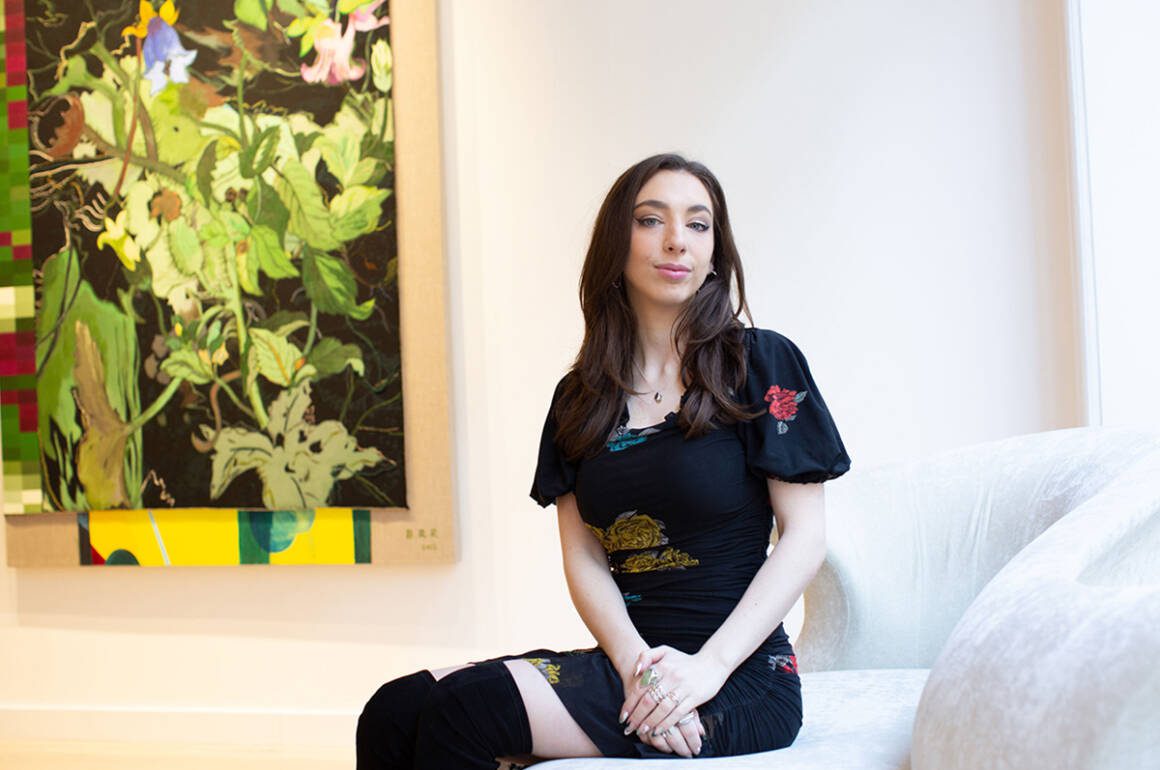
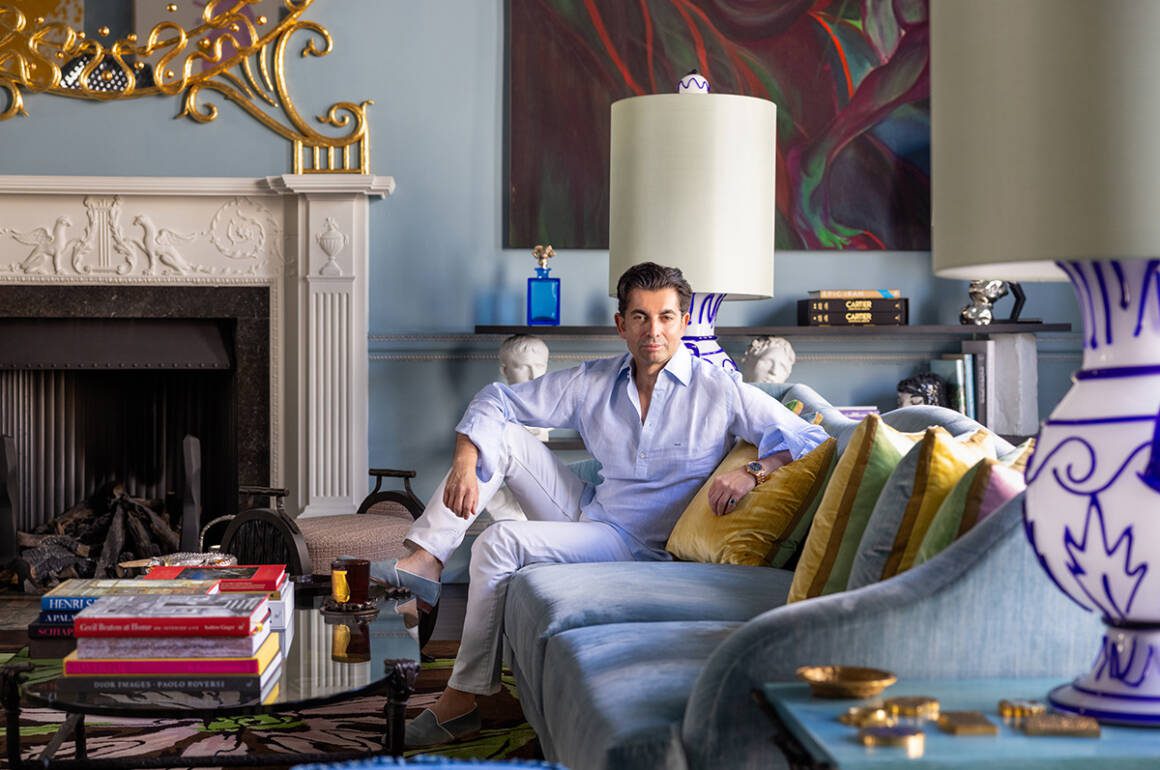
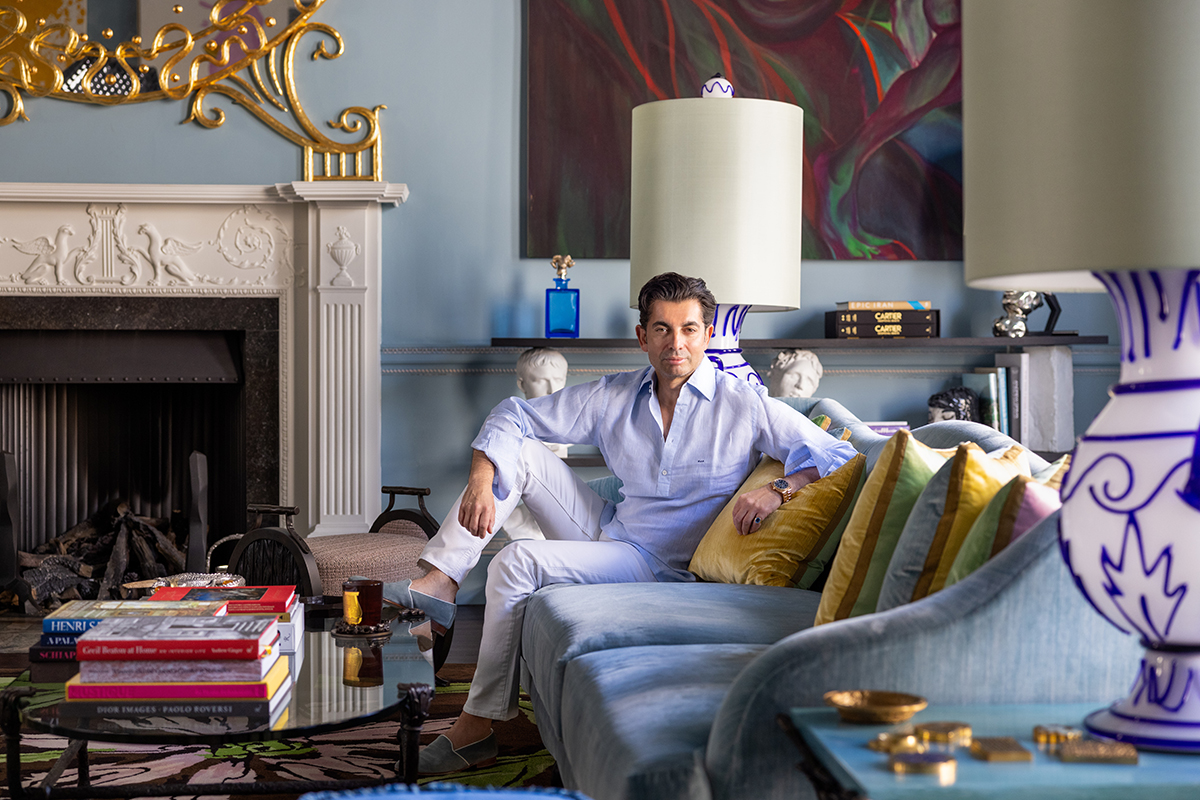
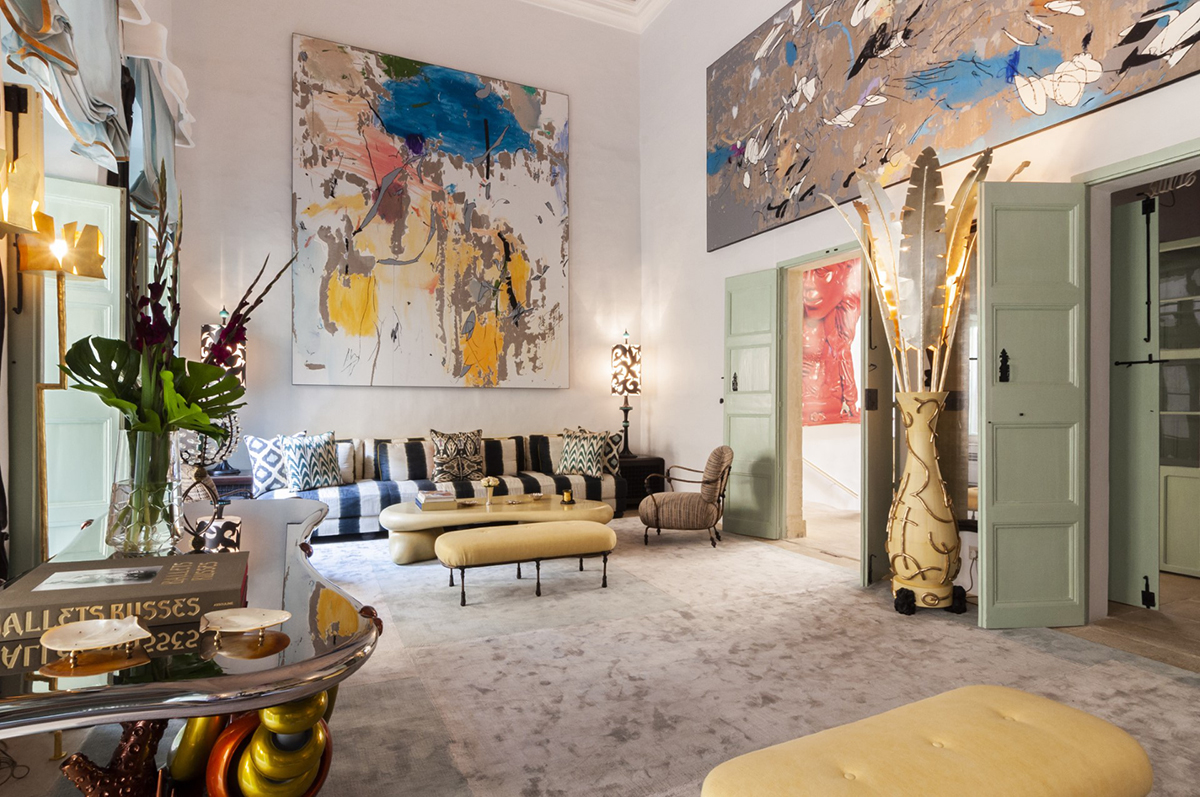
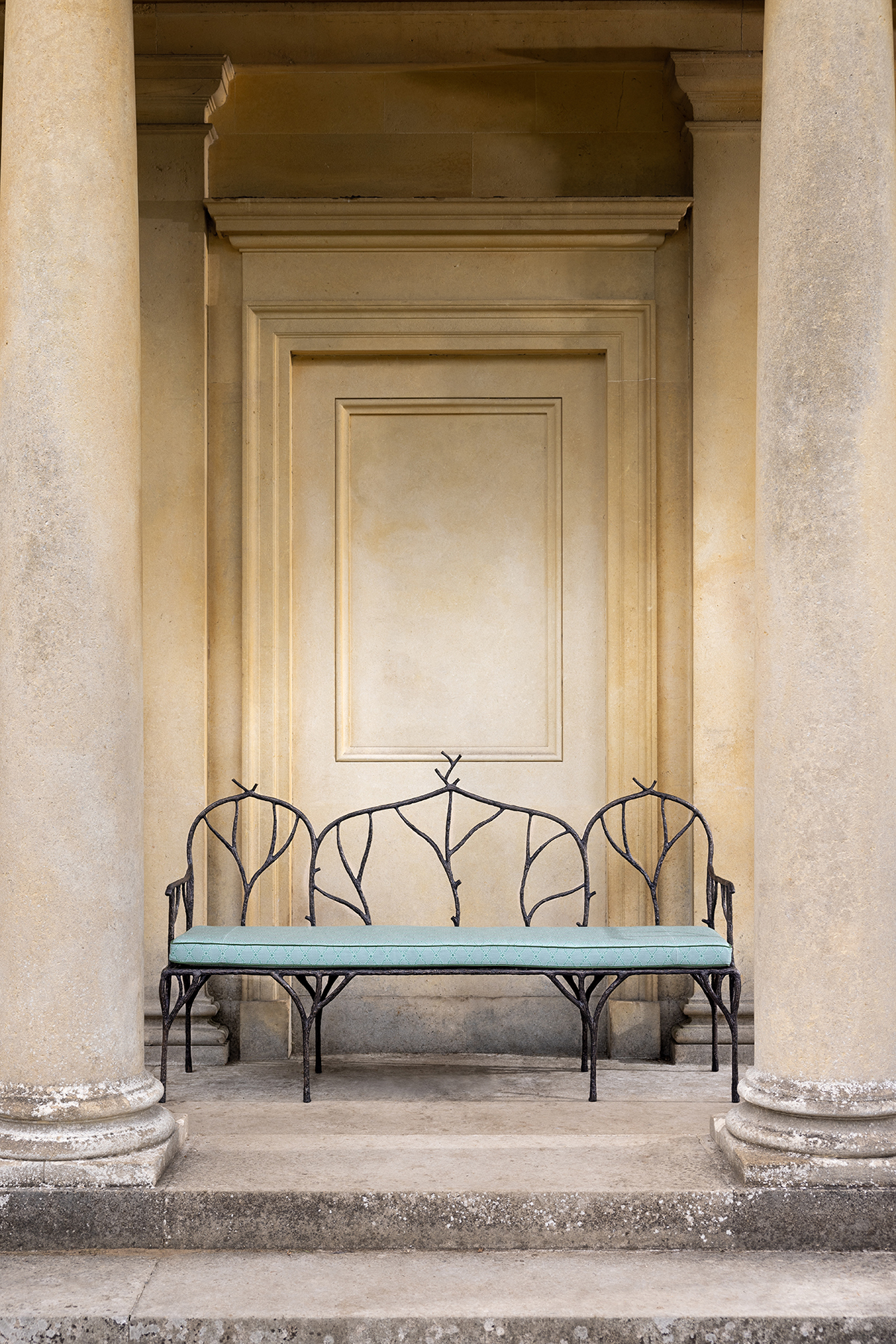
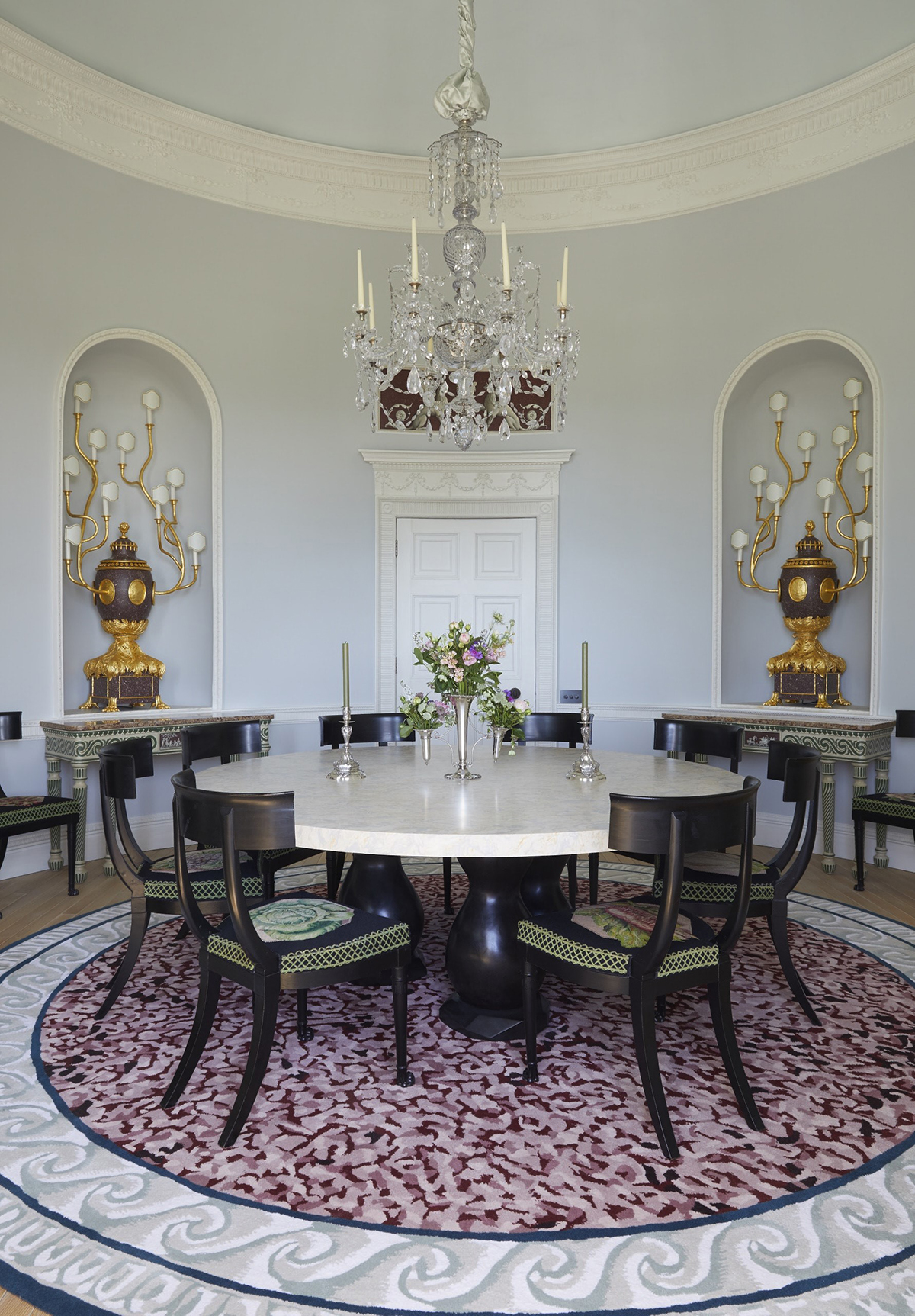
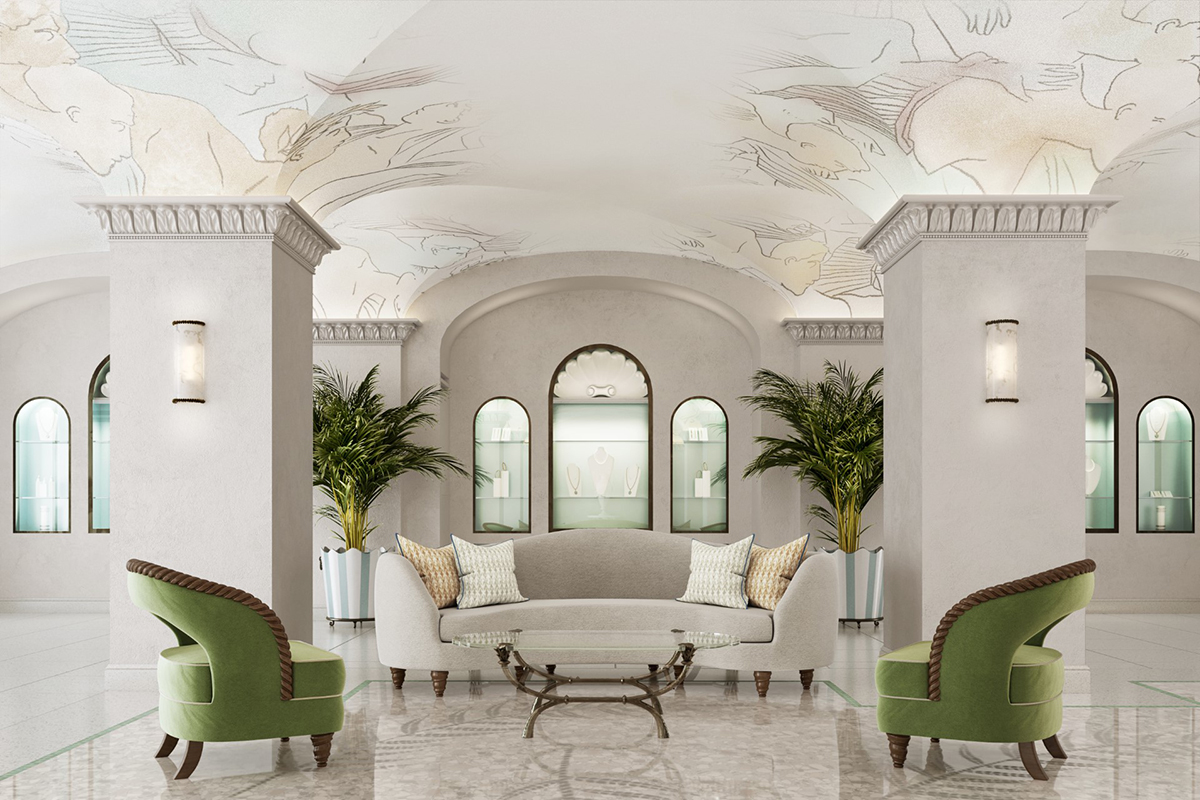
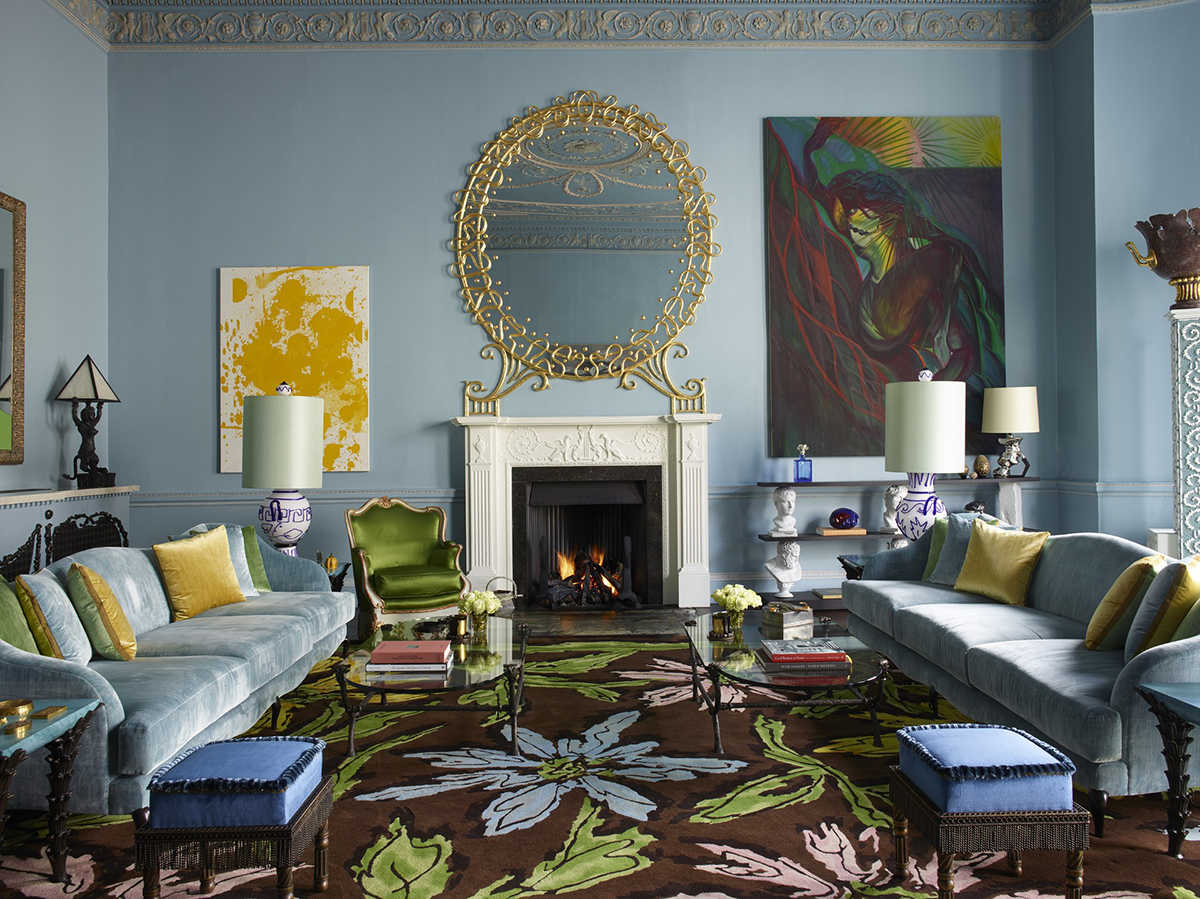
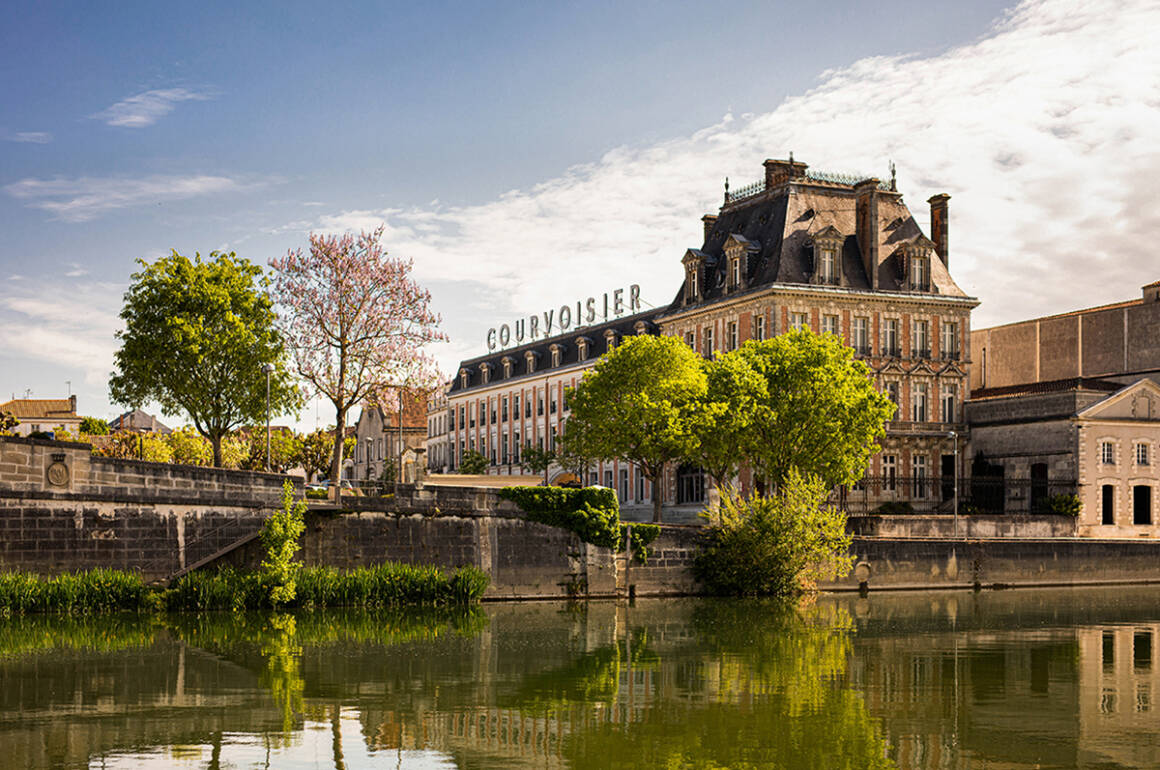
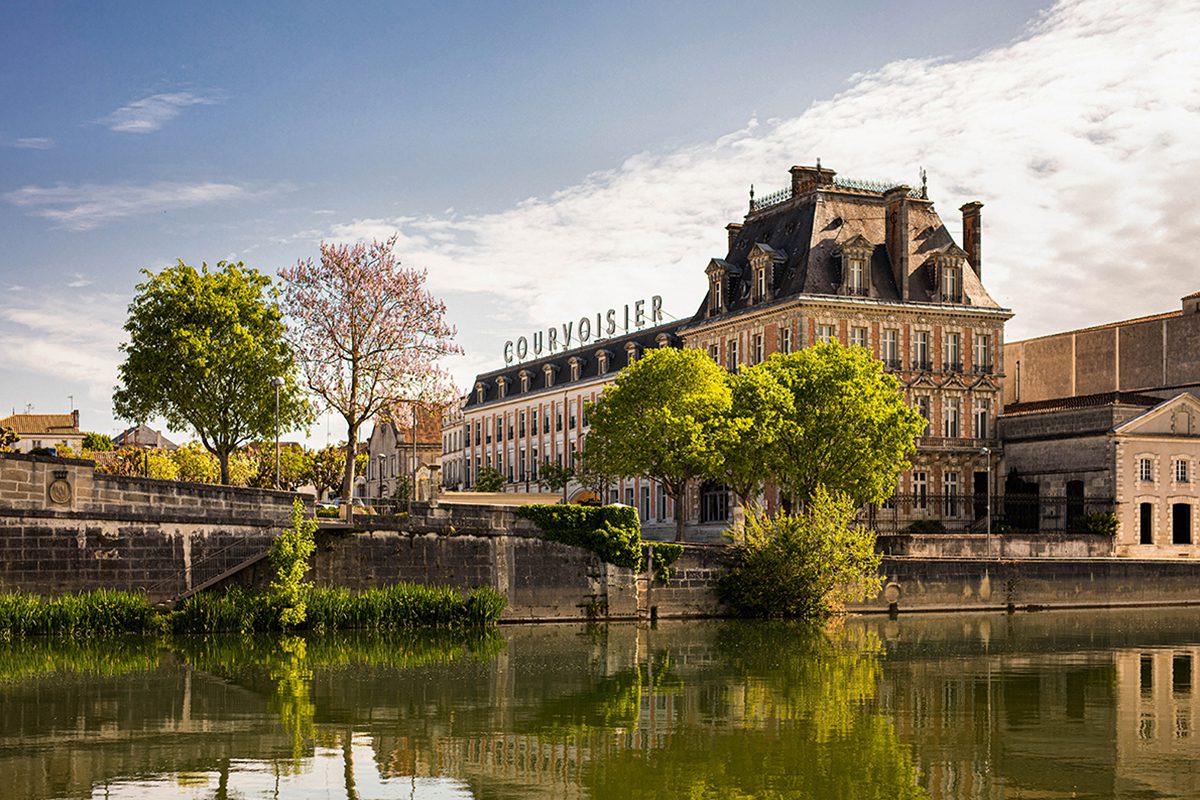 Thibaut Hontanx is the seventh Chief Blender of the historic Maison Courvoisier. Here, he speaks to LUX about the brand’s famous past, and the importance of celebrating the present
Thibaut Hontanx is the seventh Chief Blender of the historic Maison Courvoisier. Here, he speaks to LUX about the brand’s famous past, and the importance of celebrating the present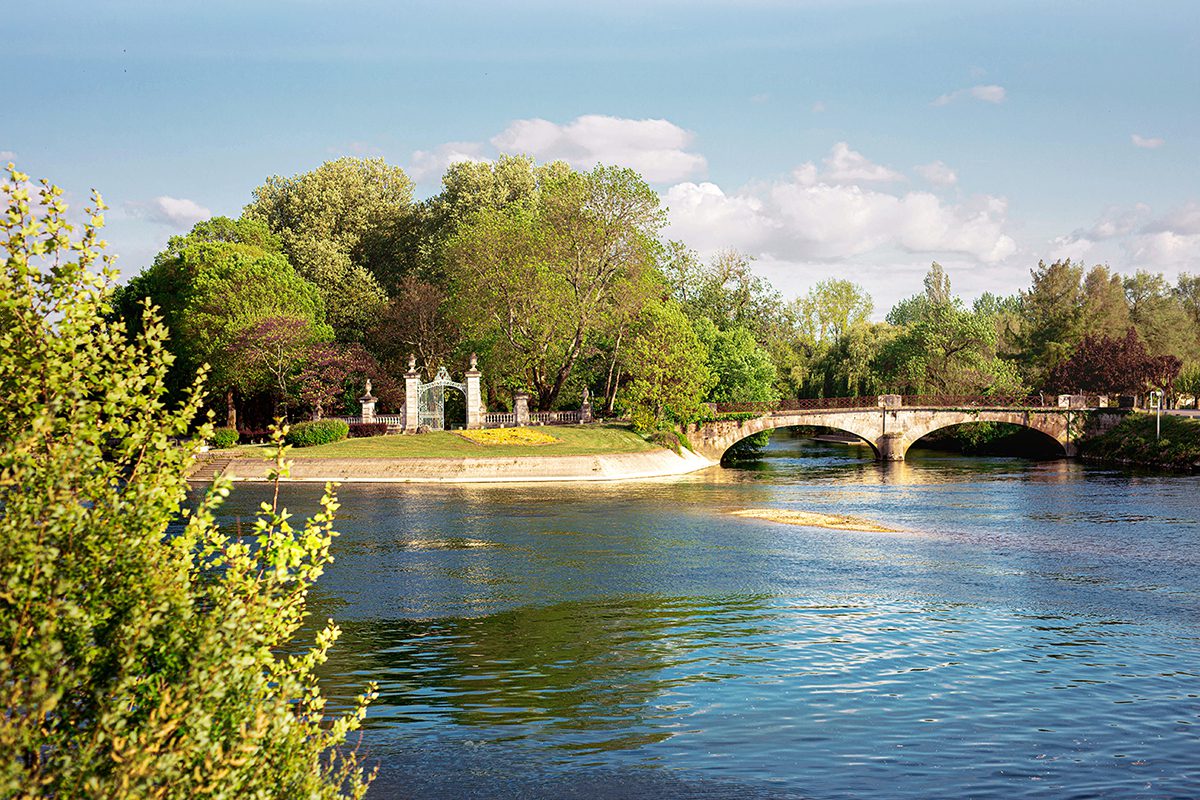
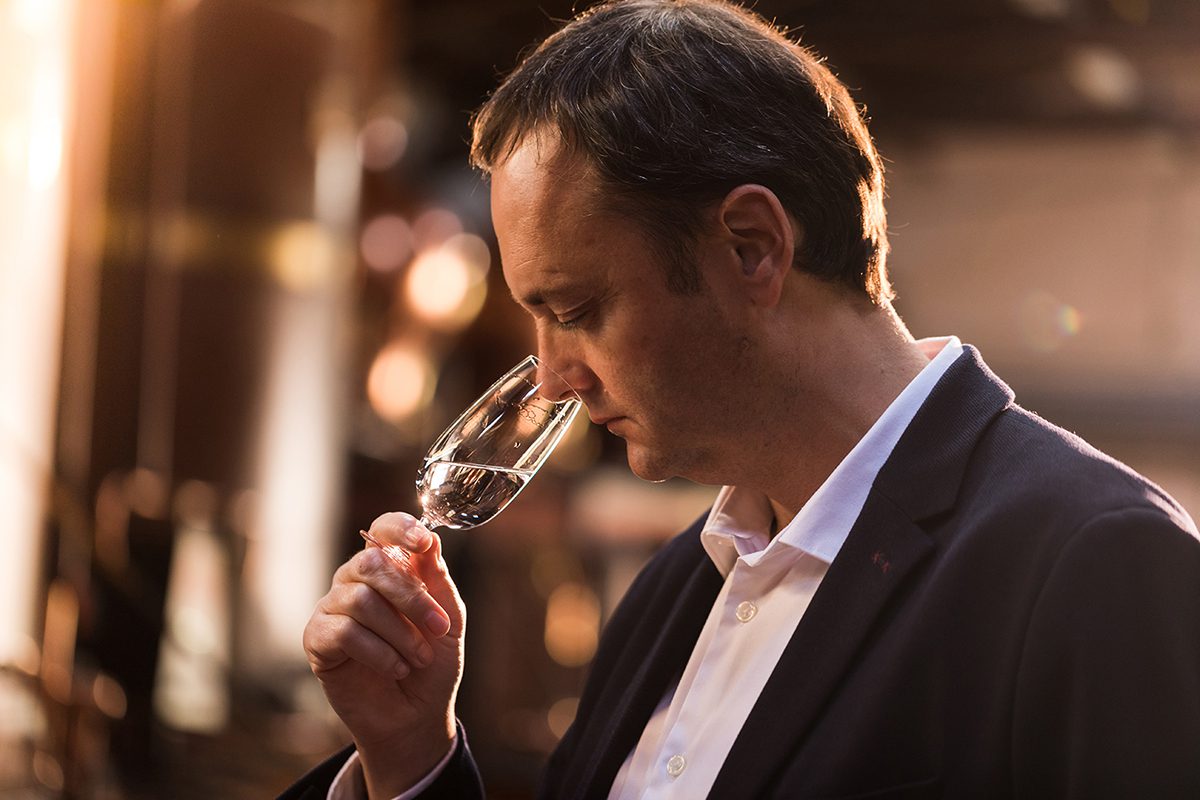
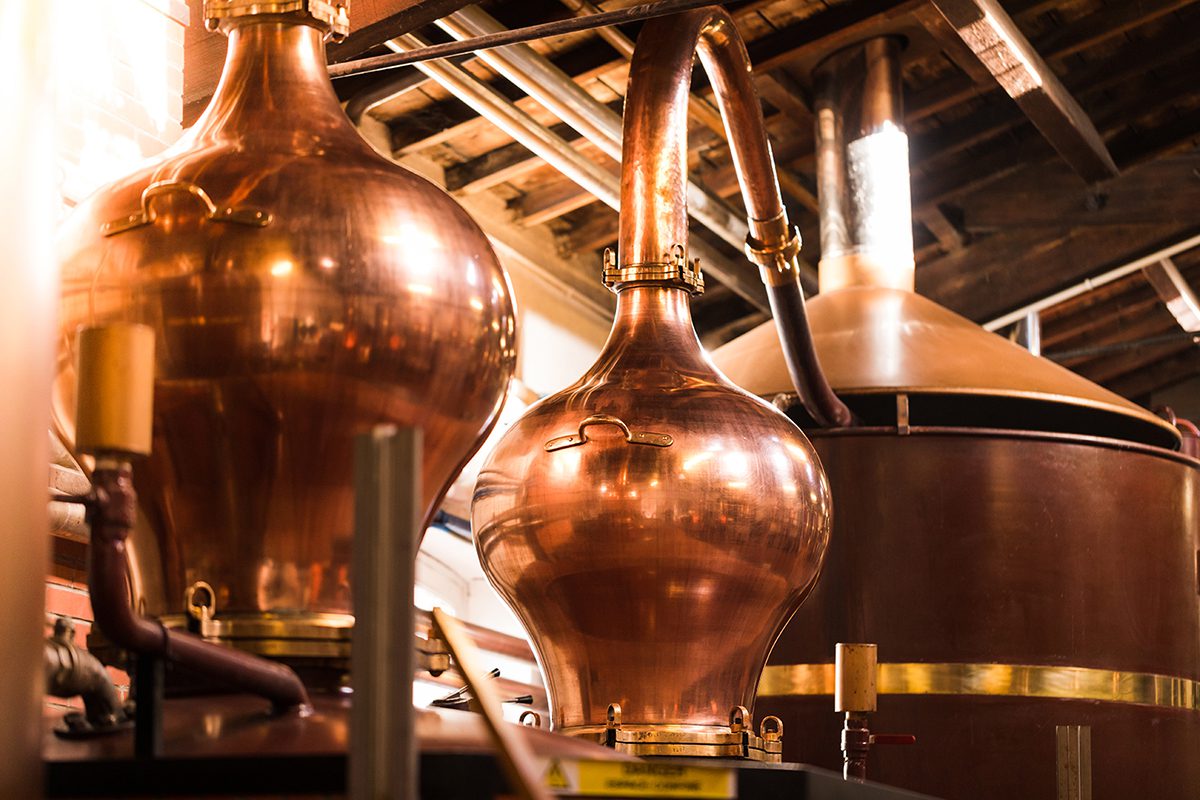
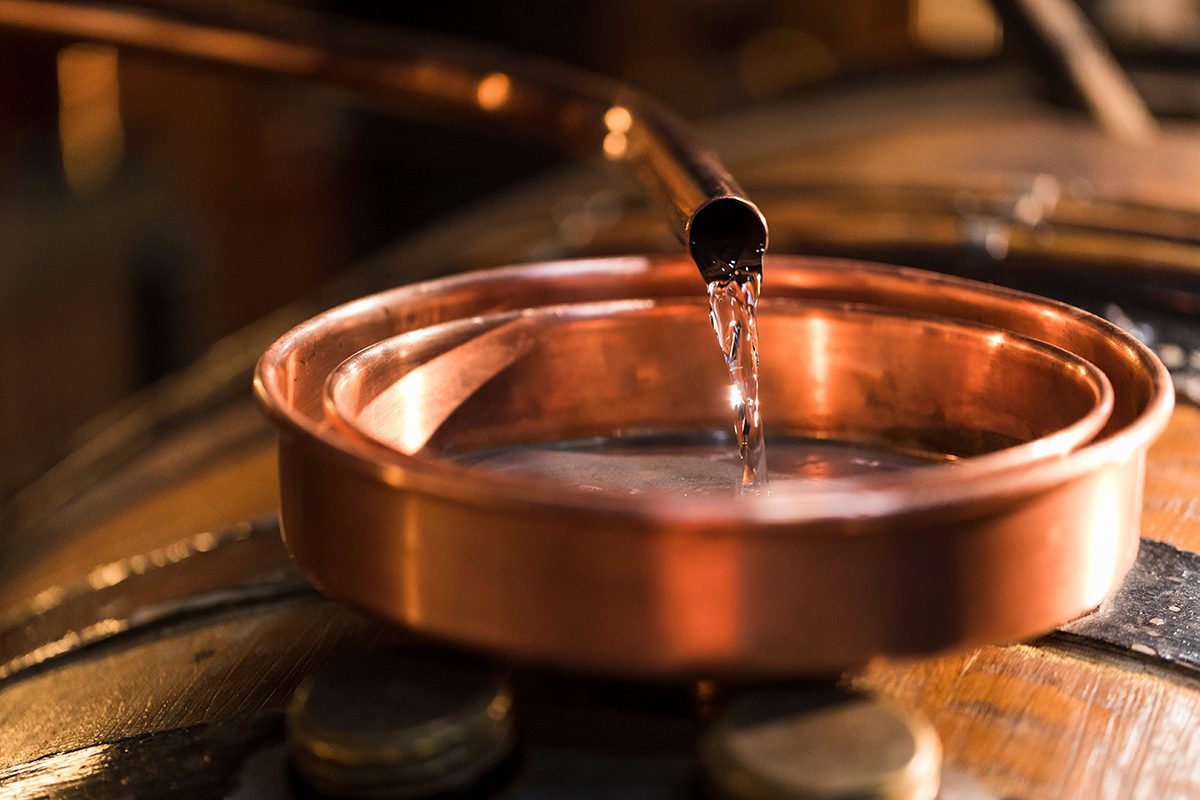
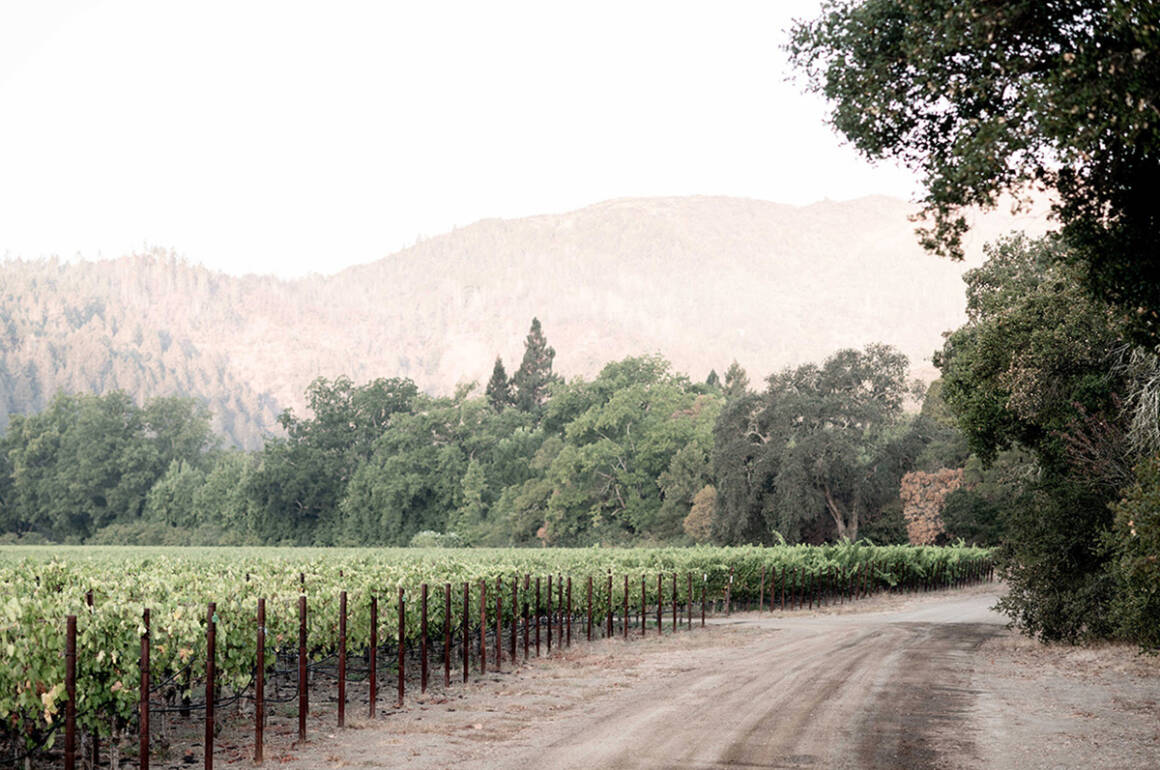
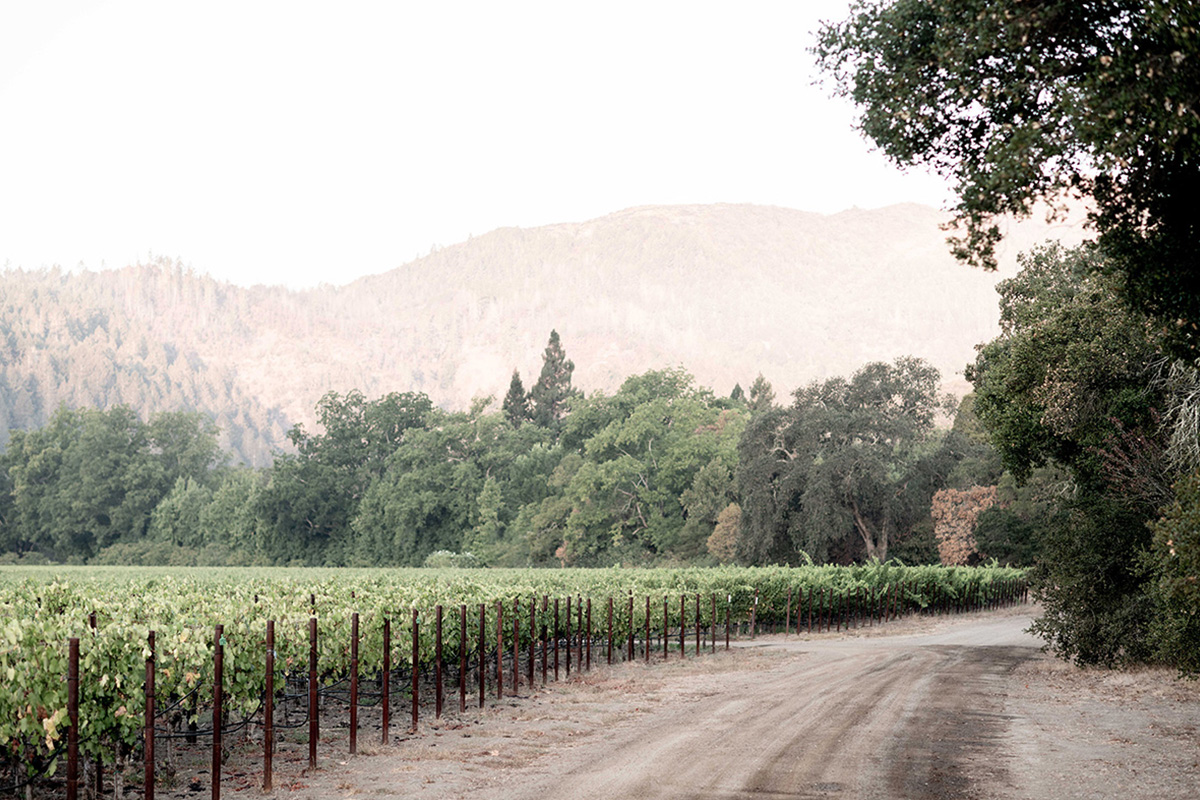
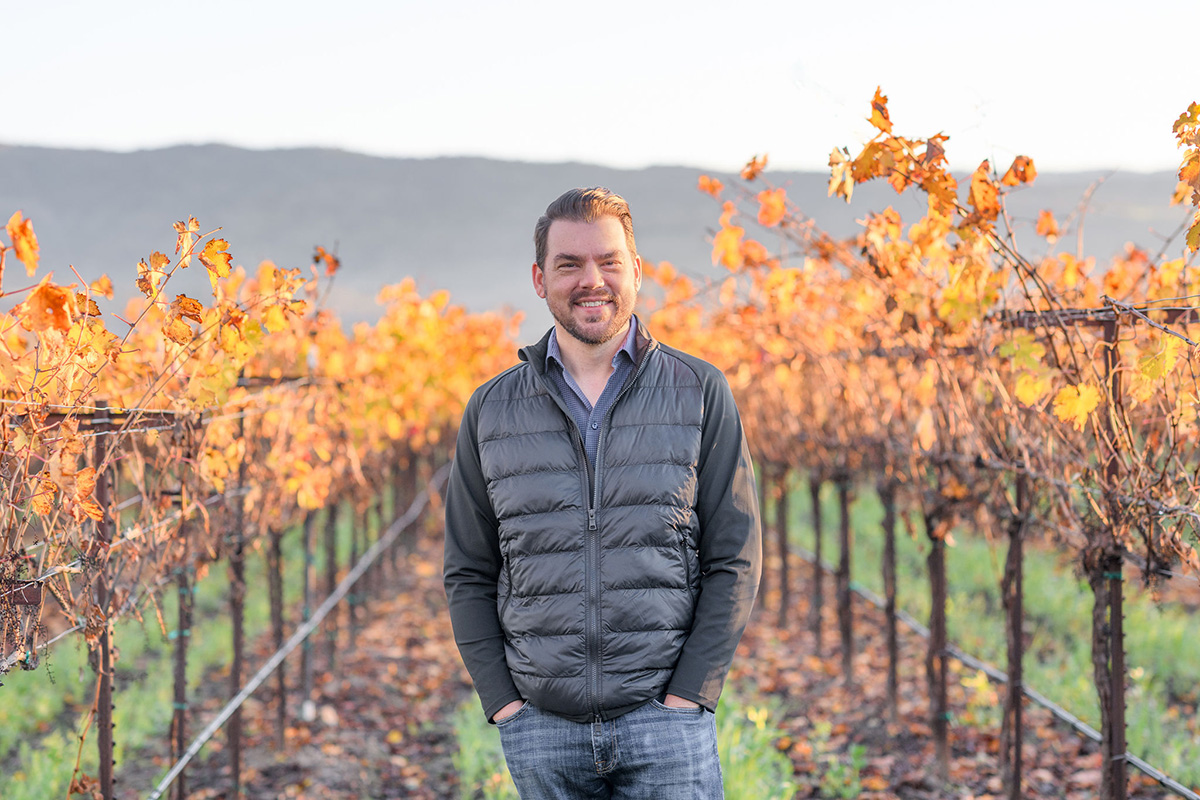
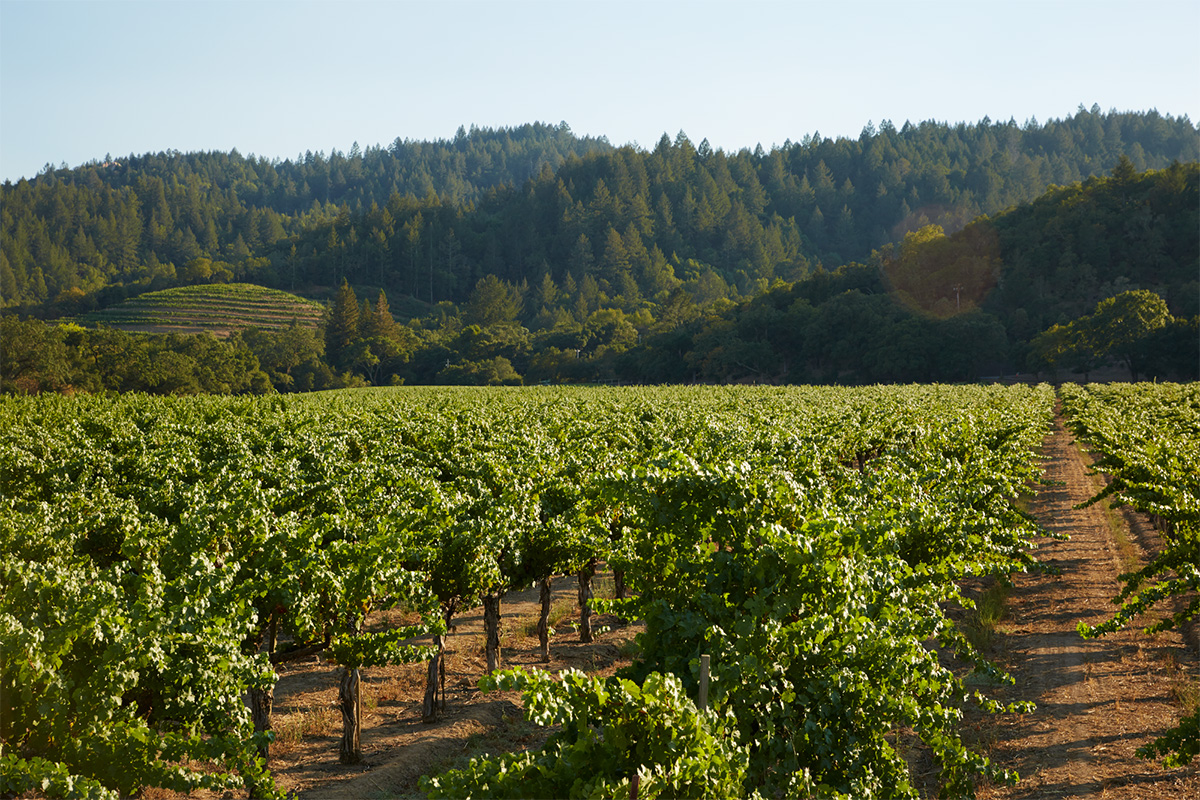
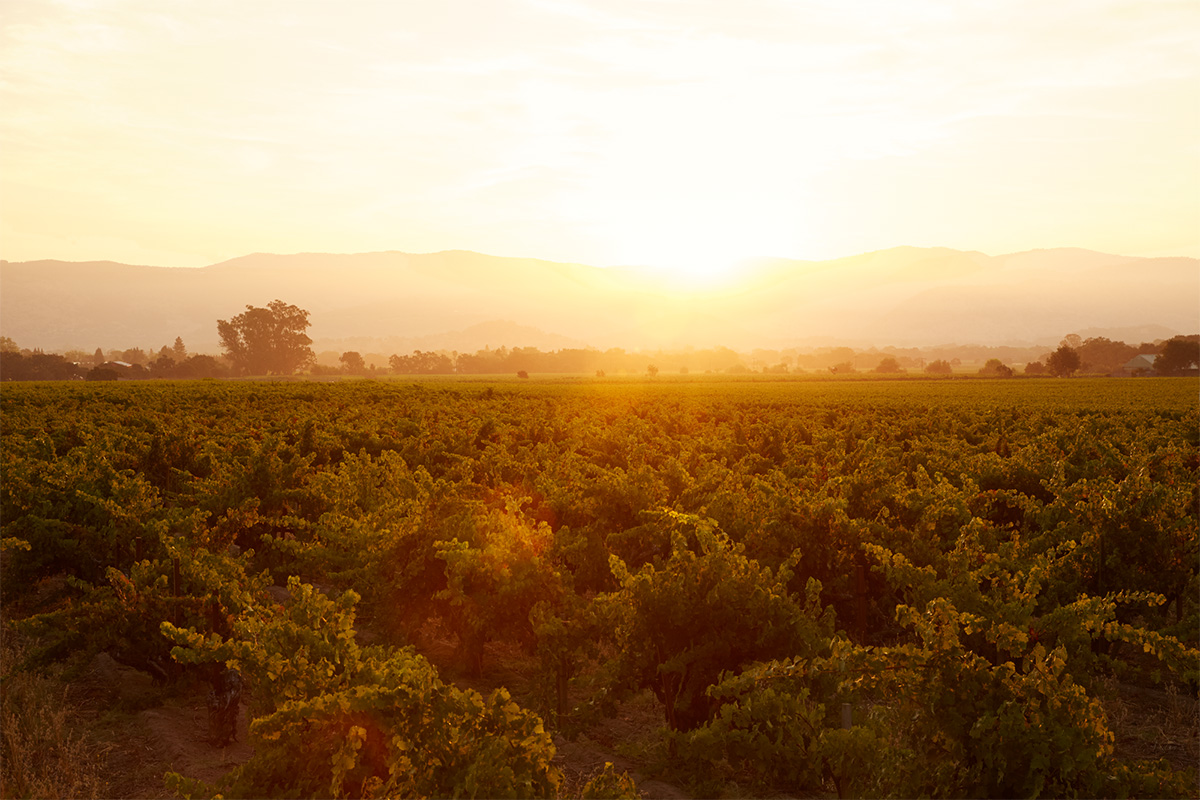
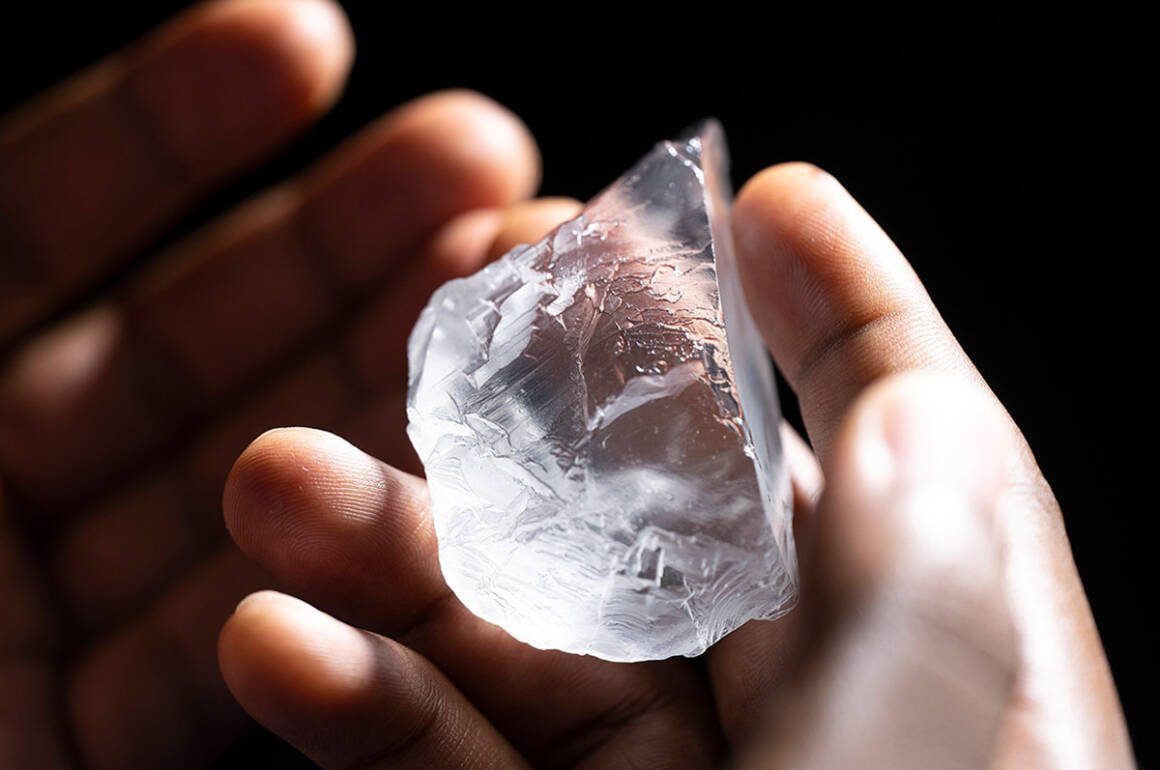
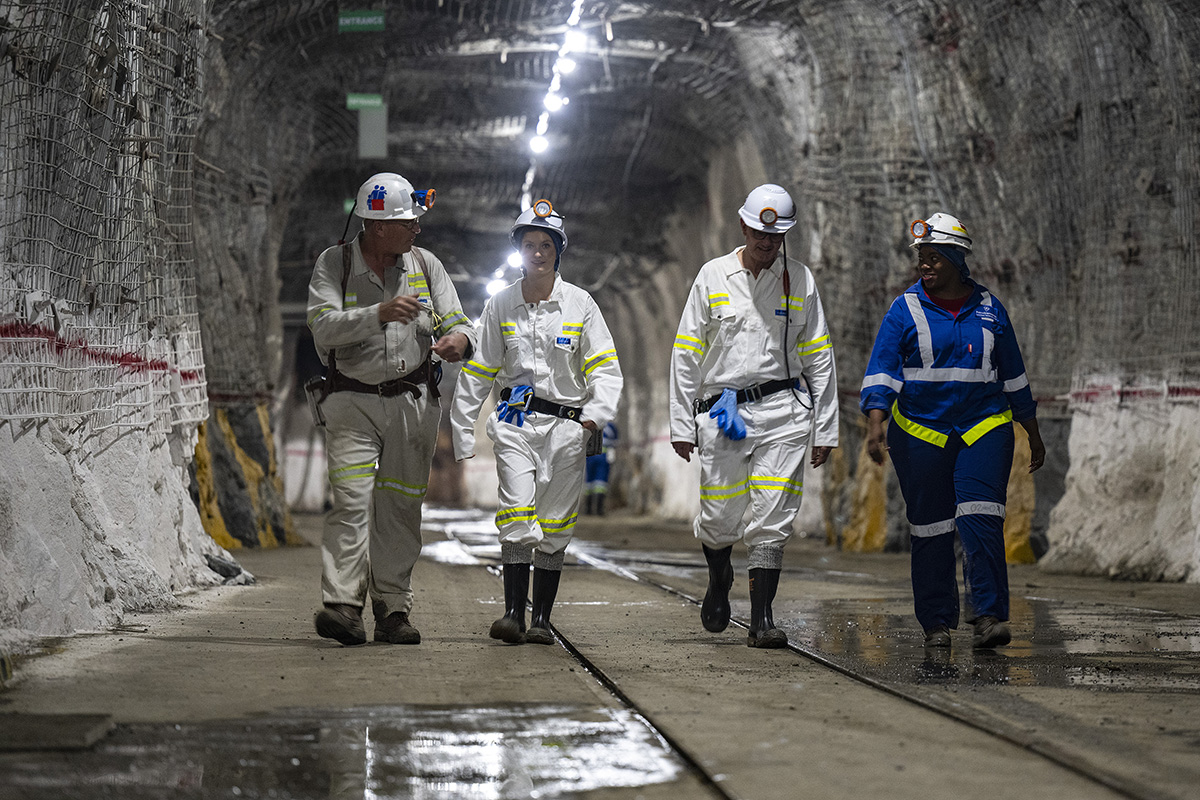
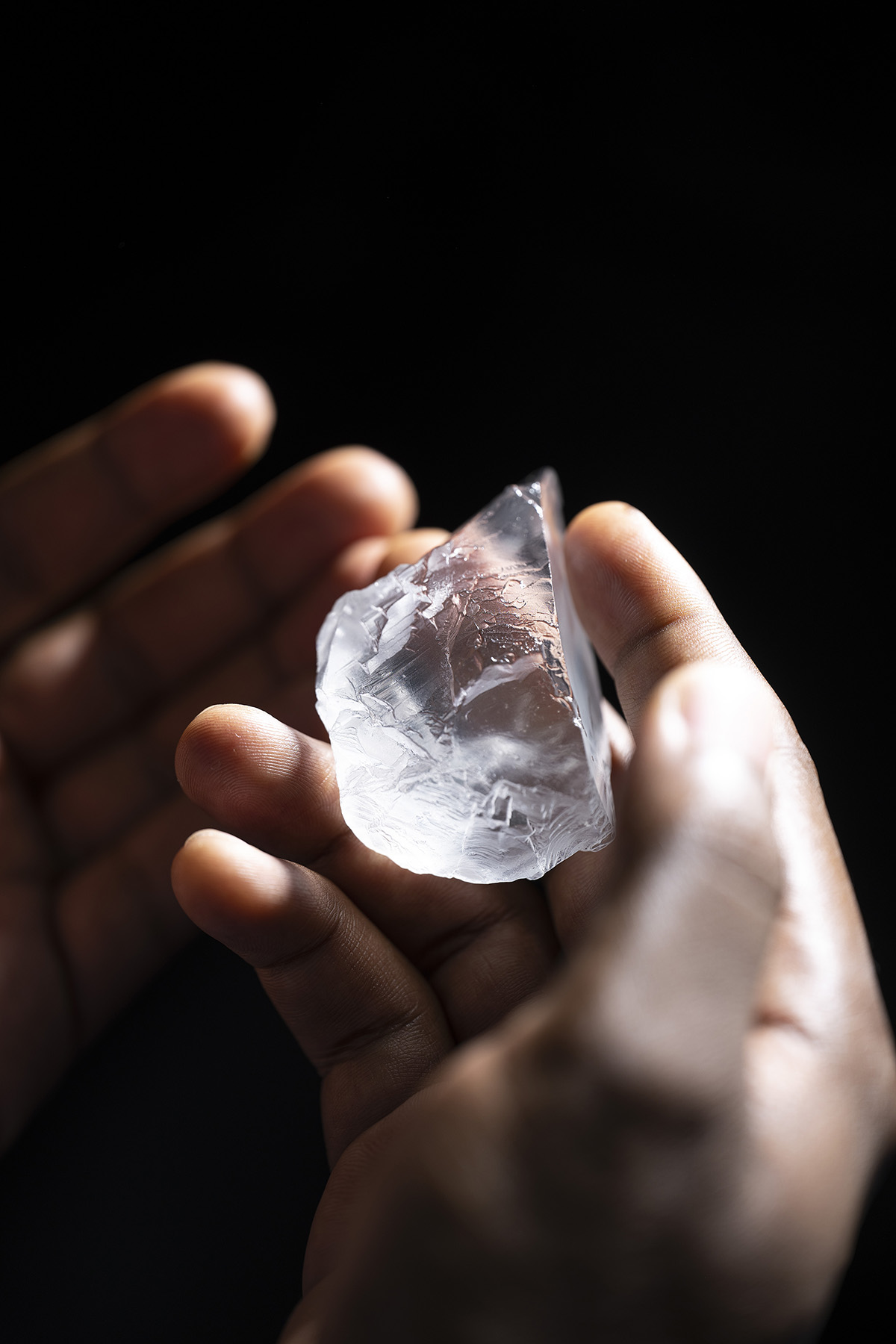
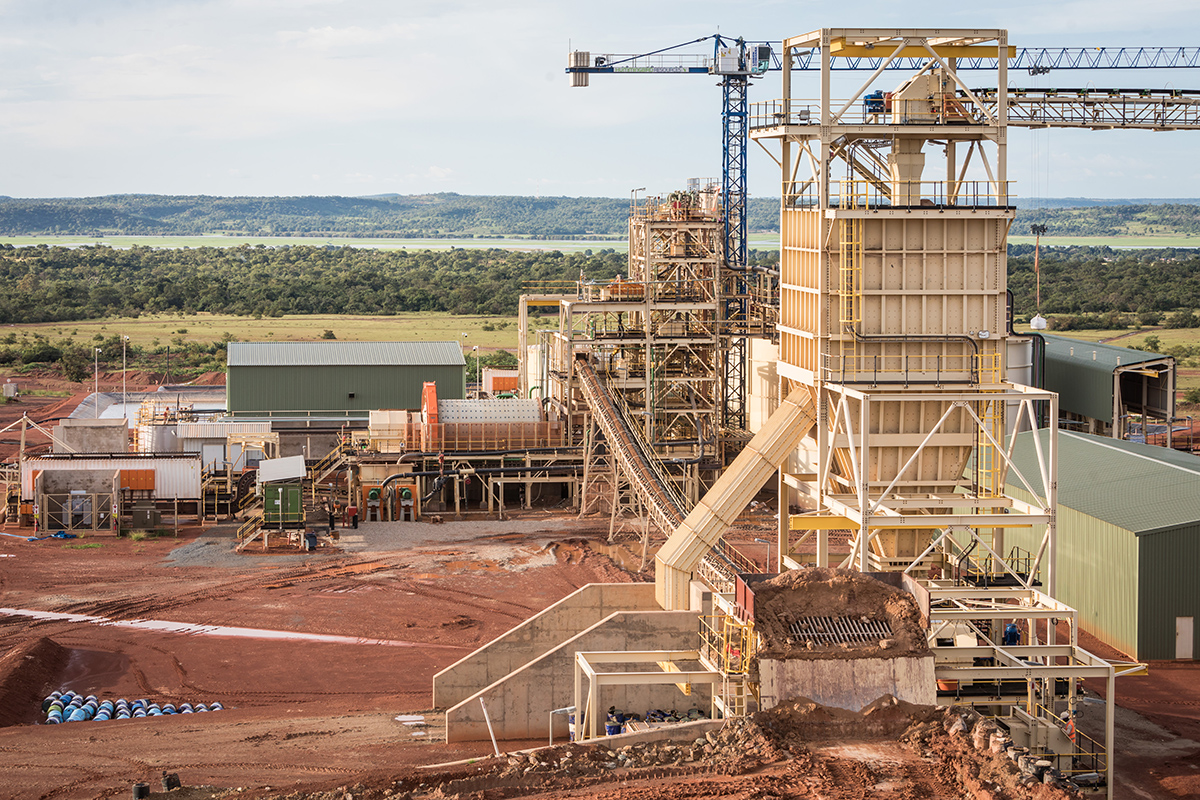
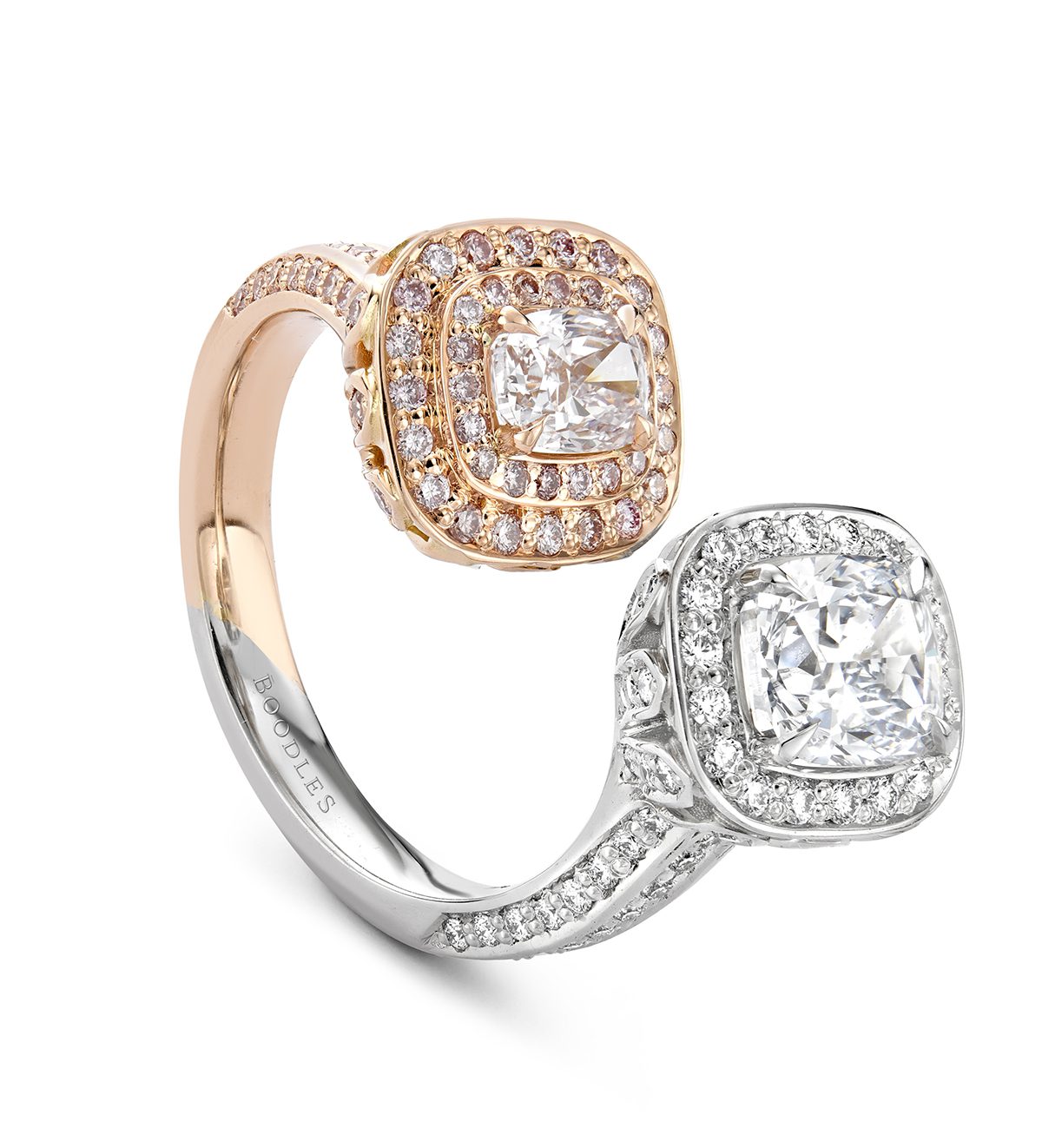
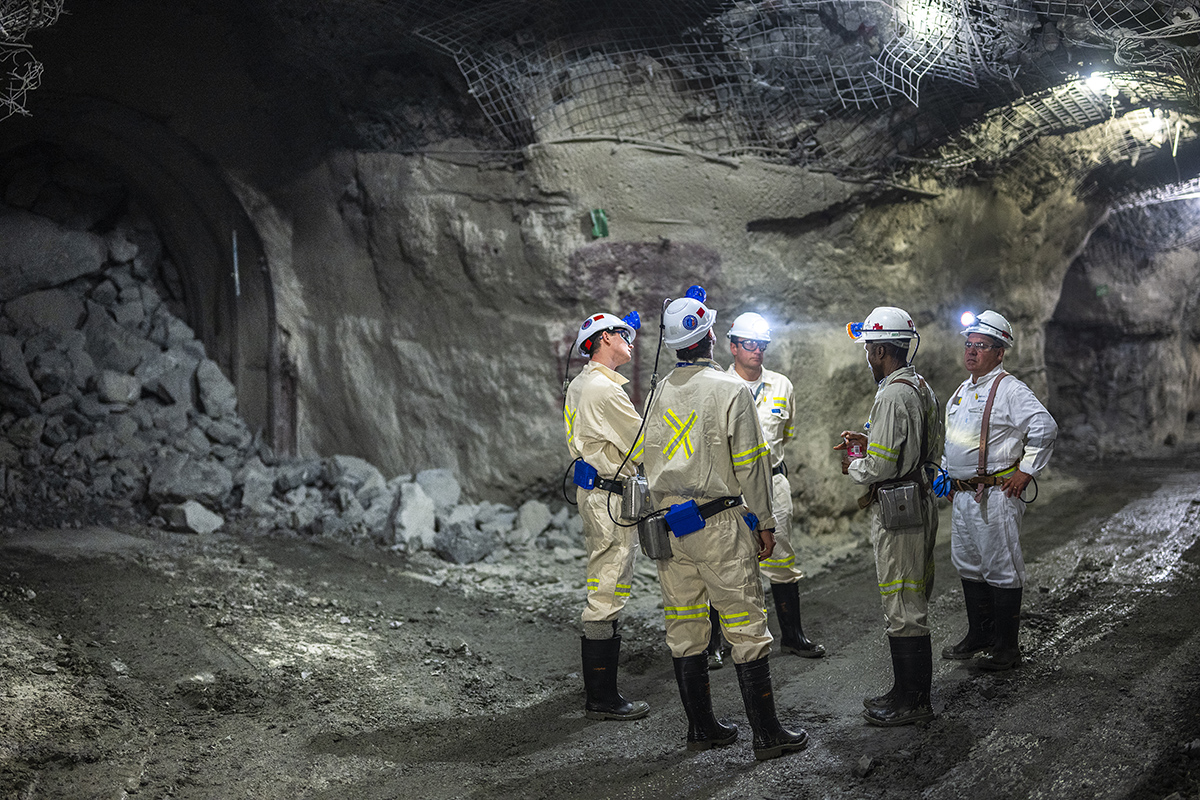
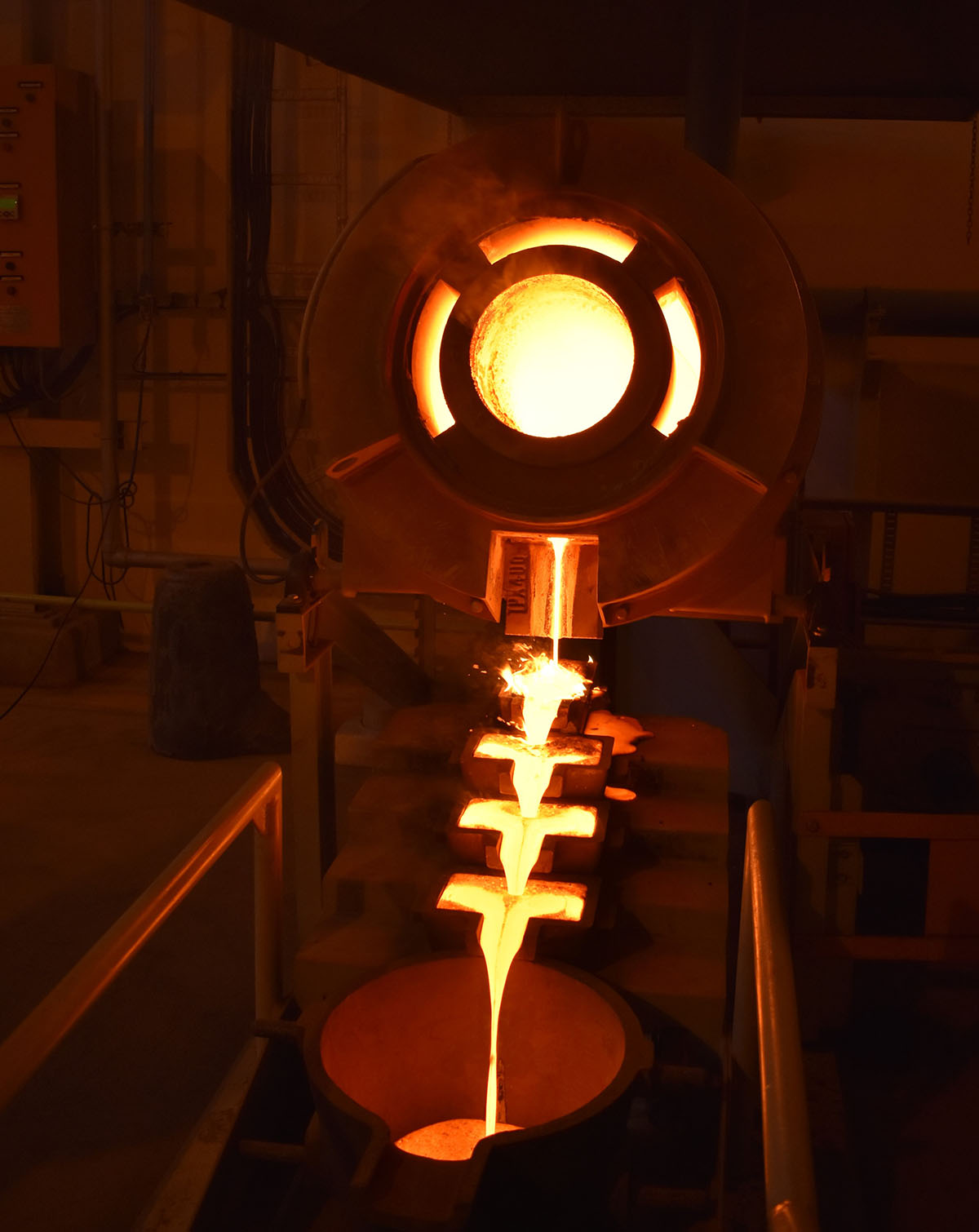
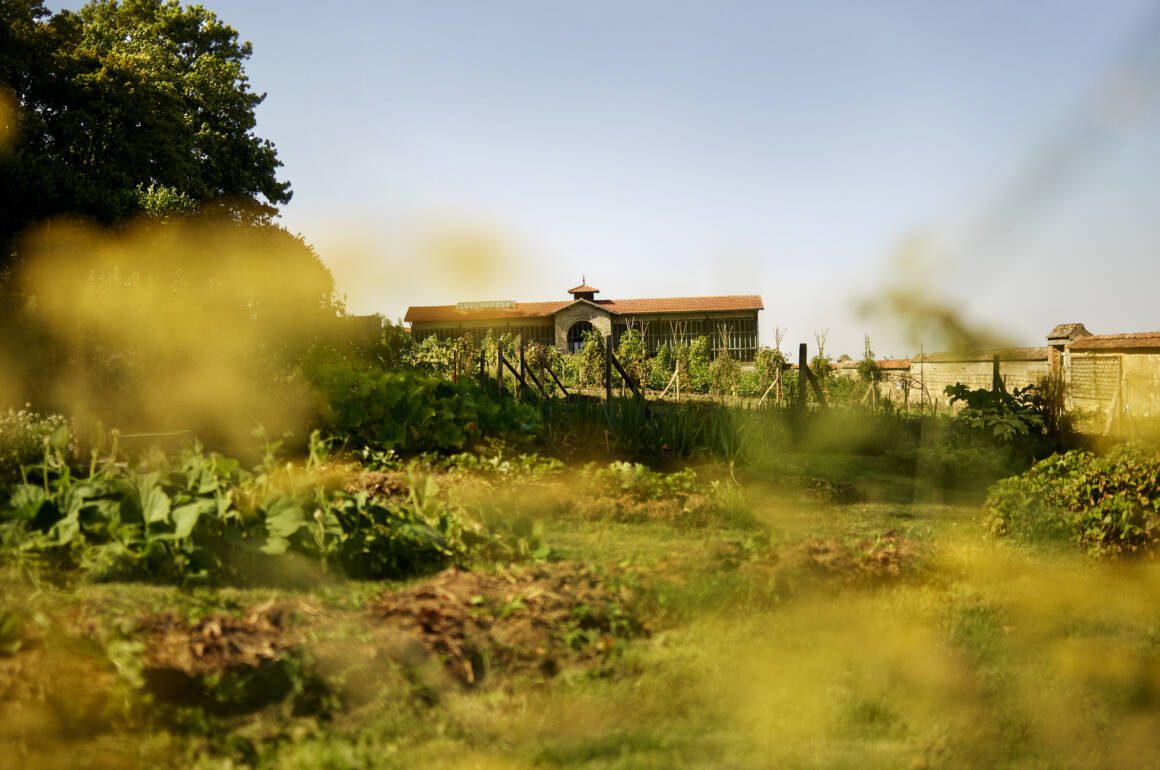
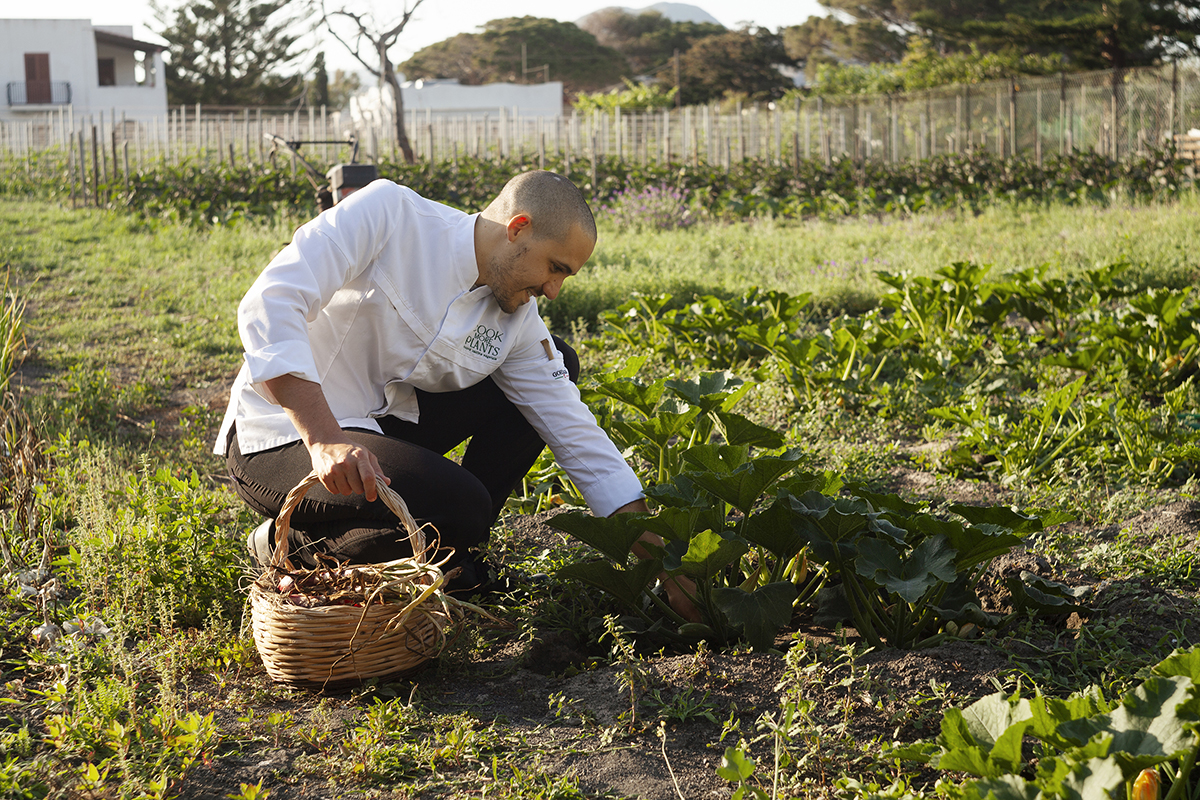
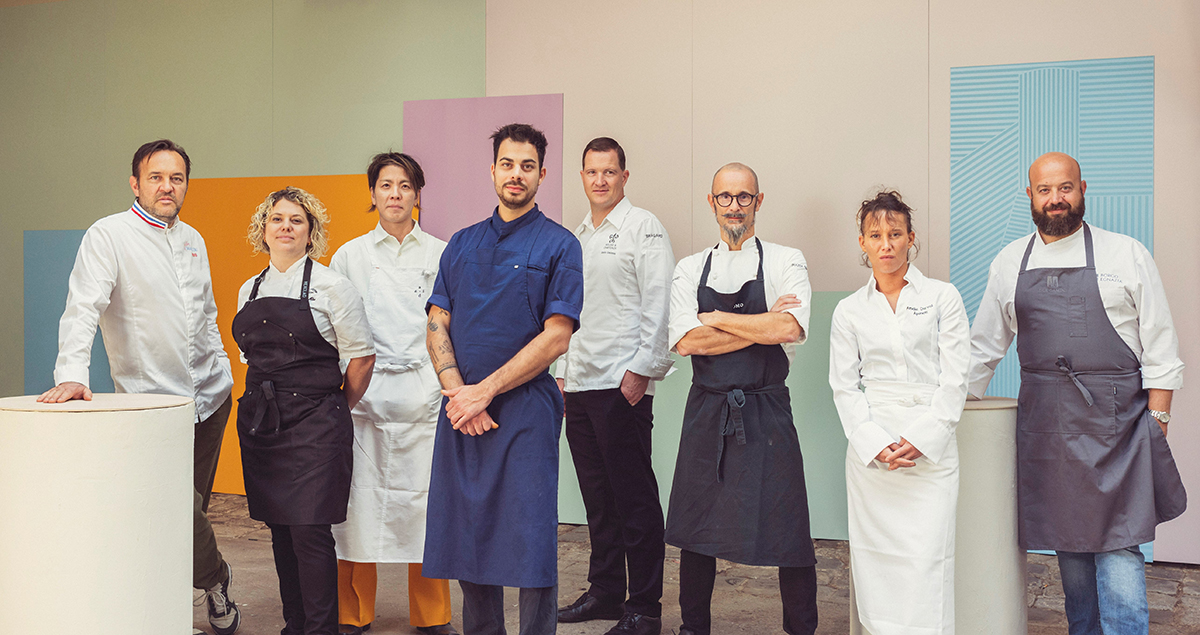
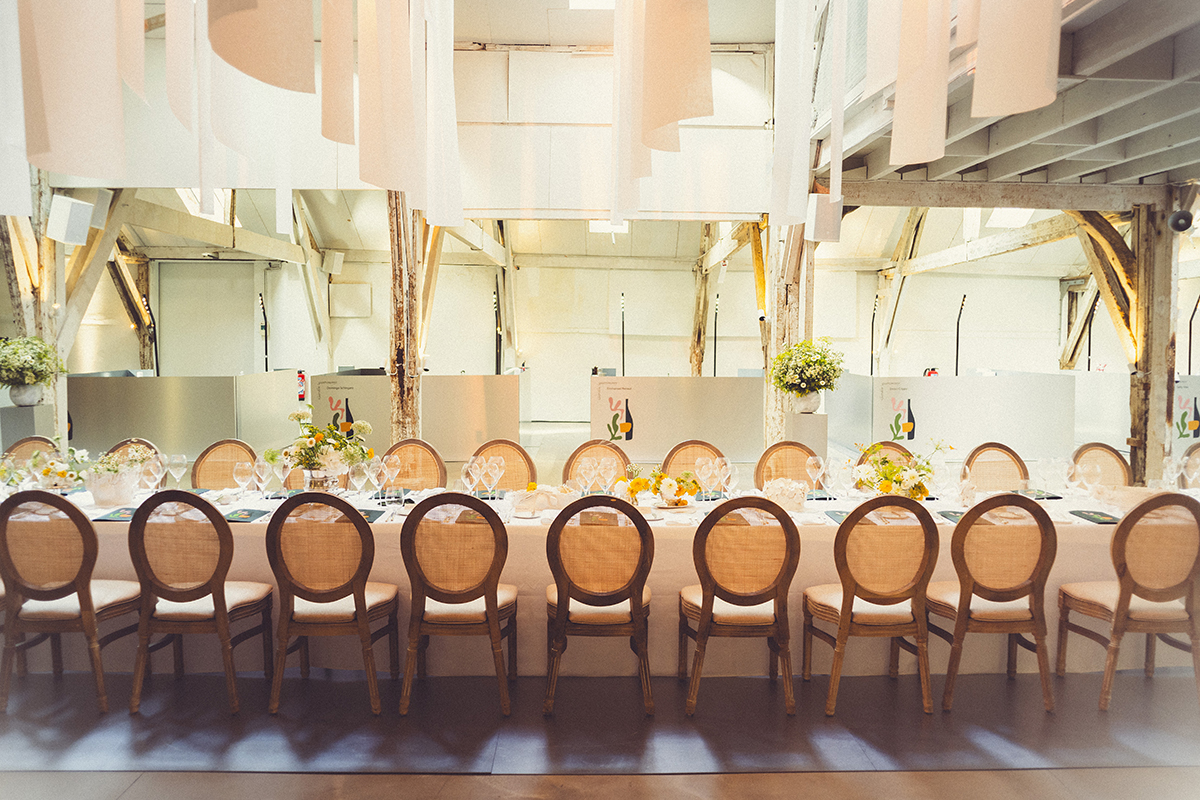
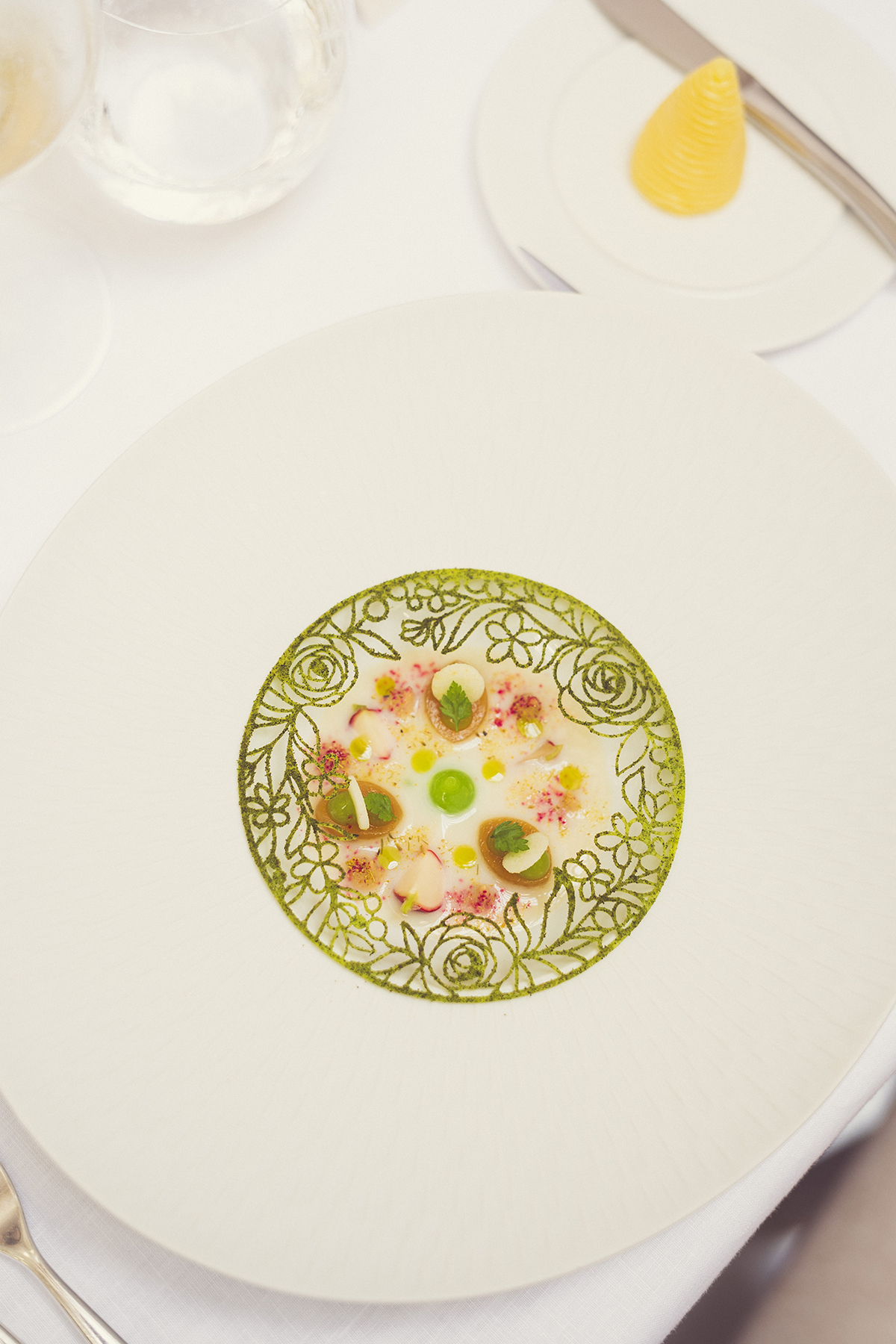
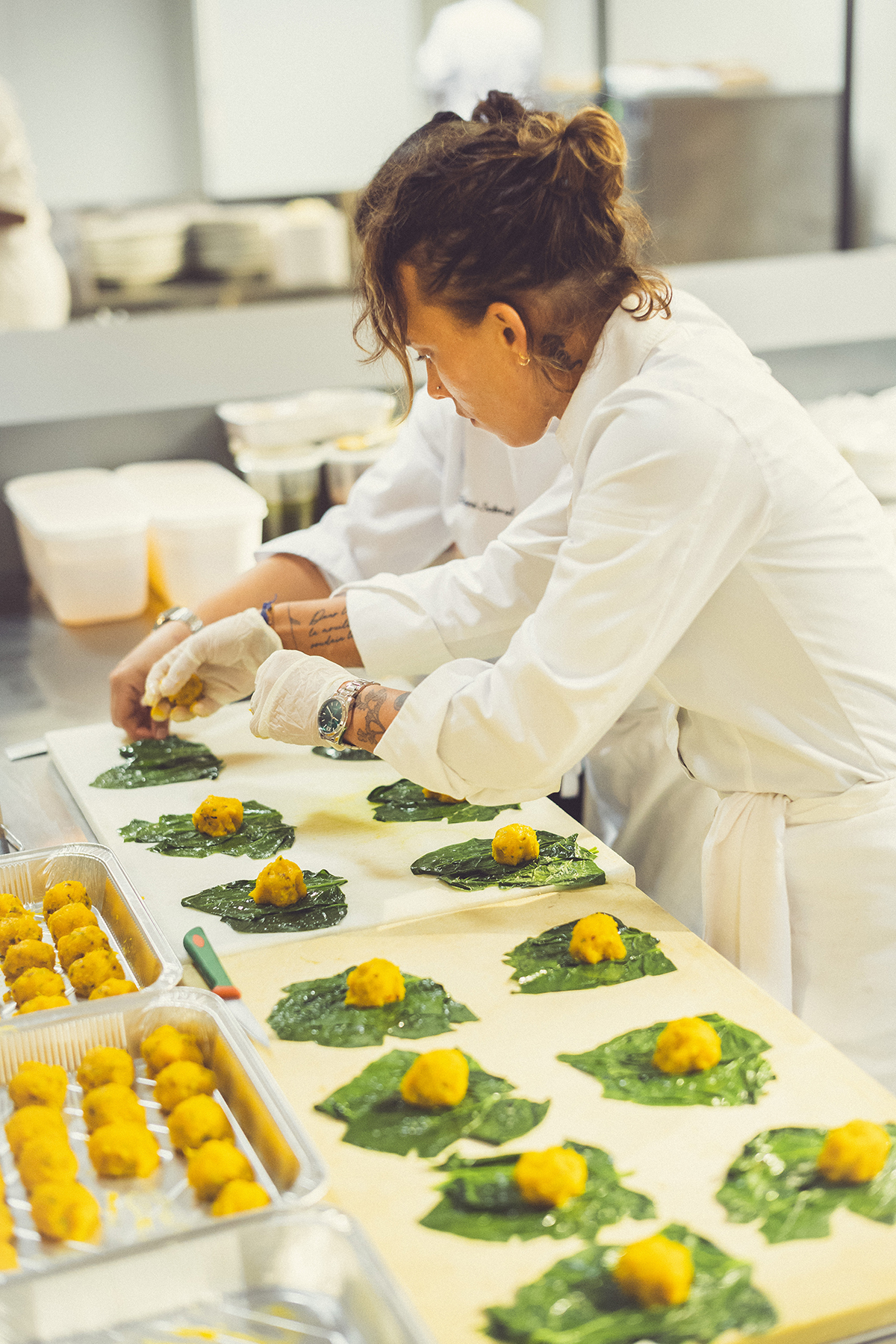
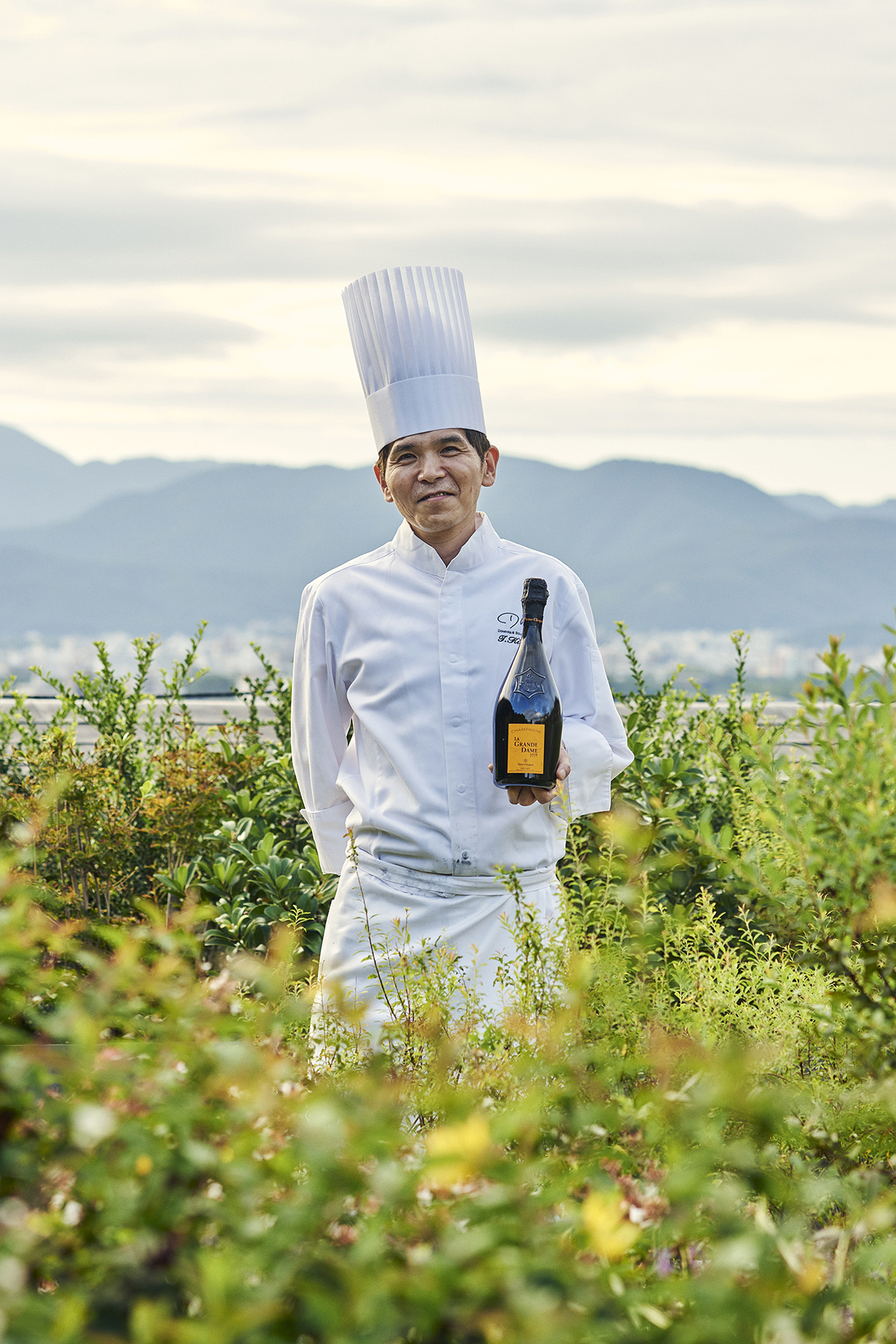
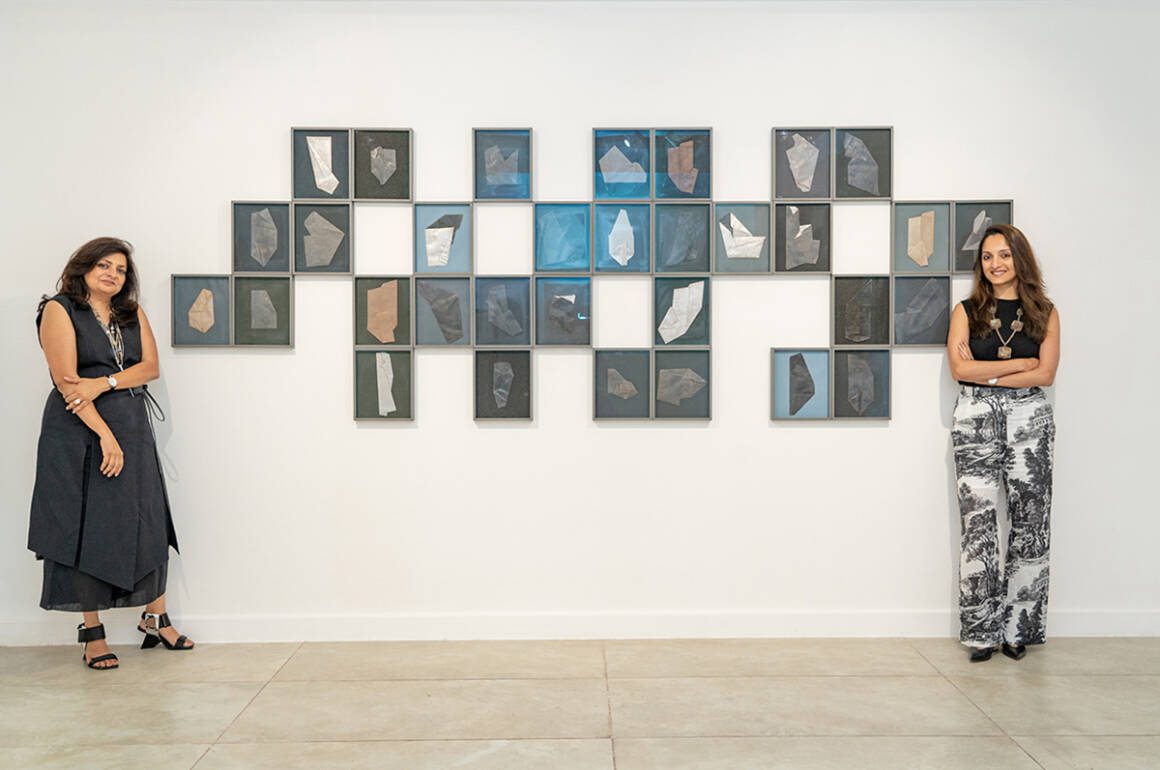
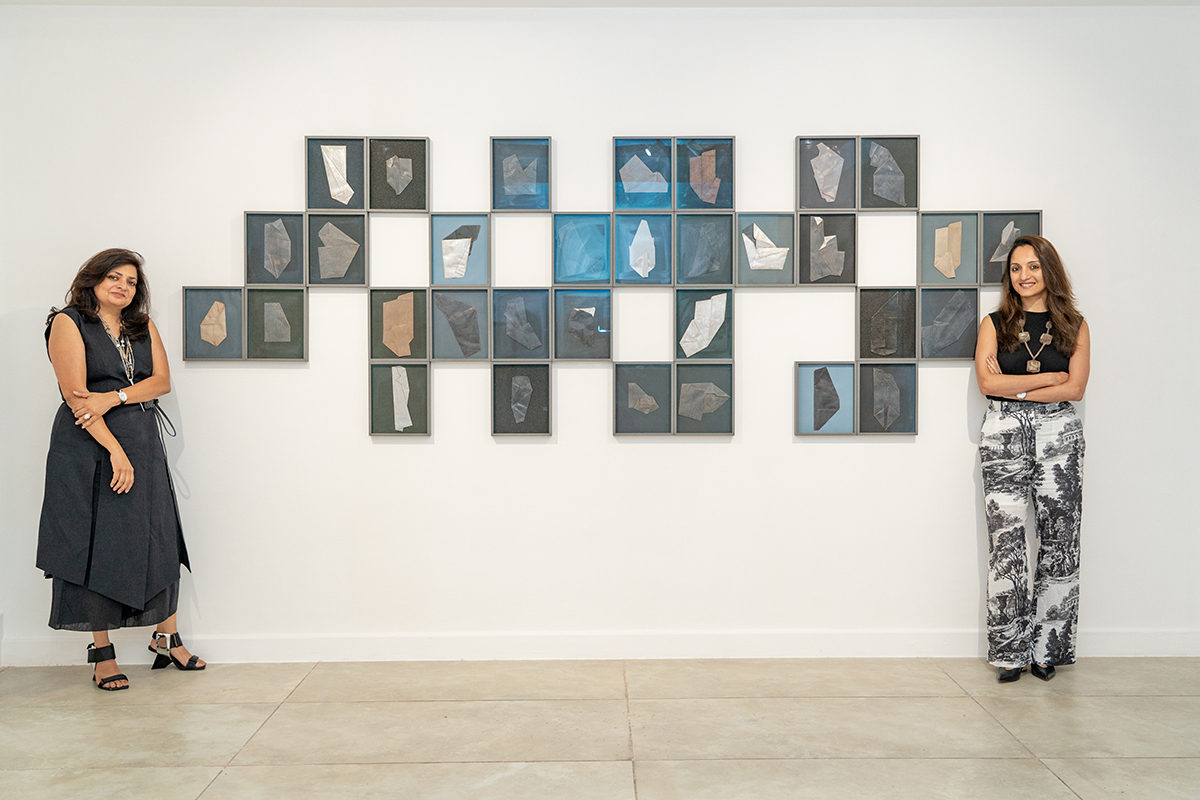
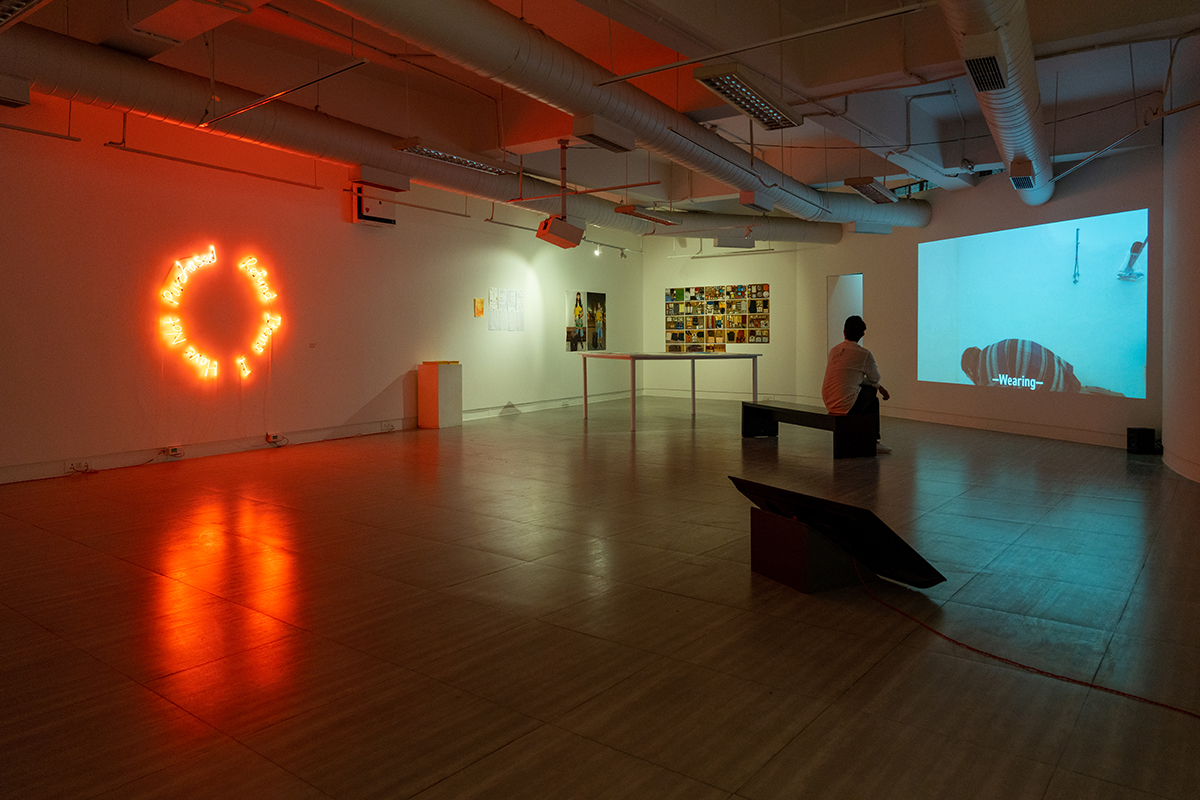
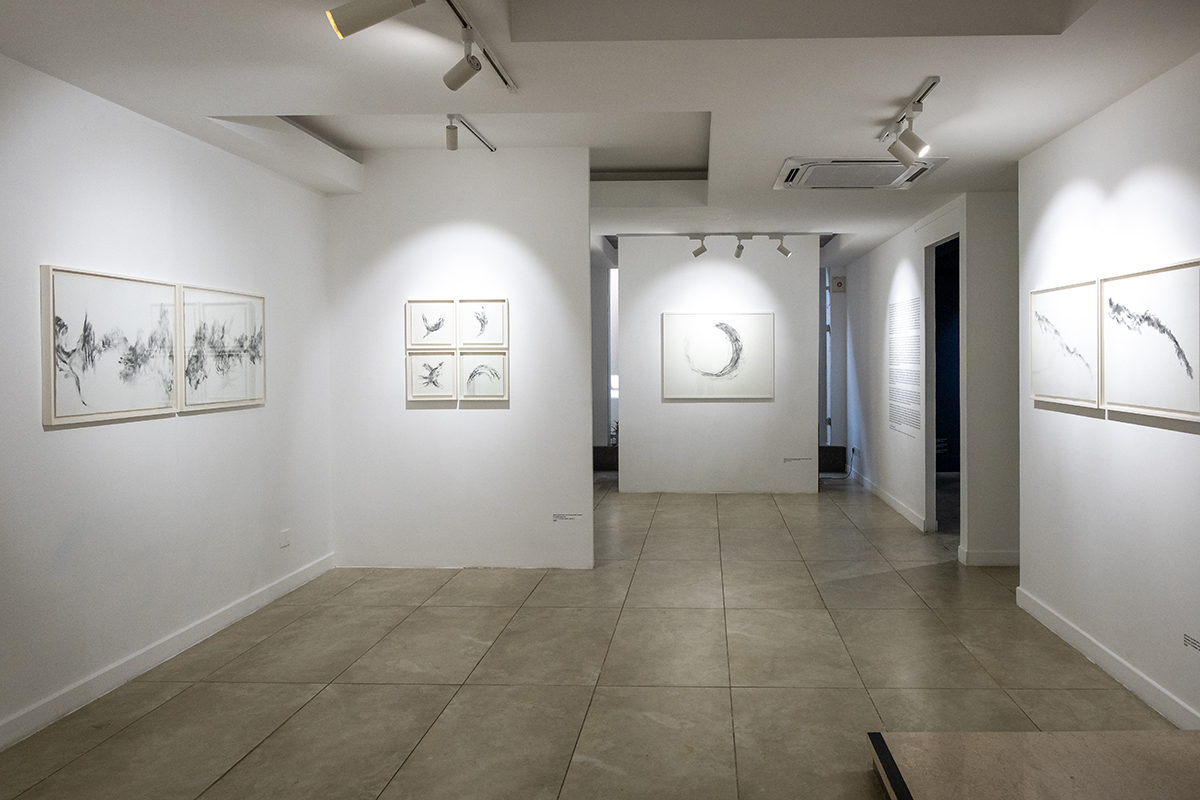
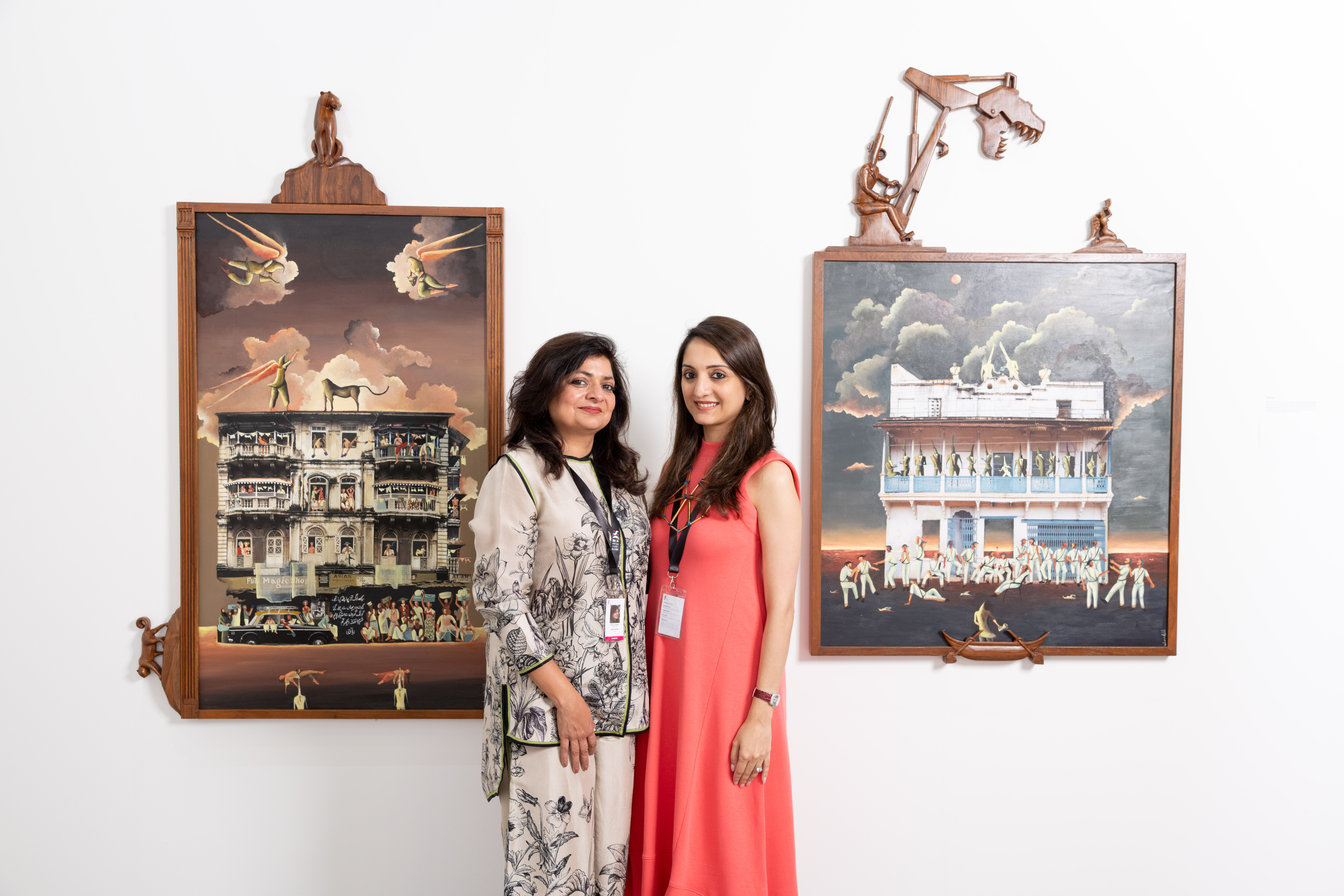
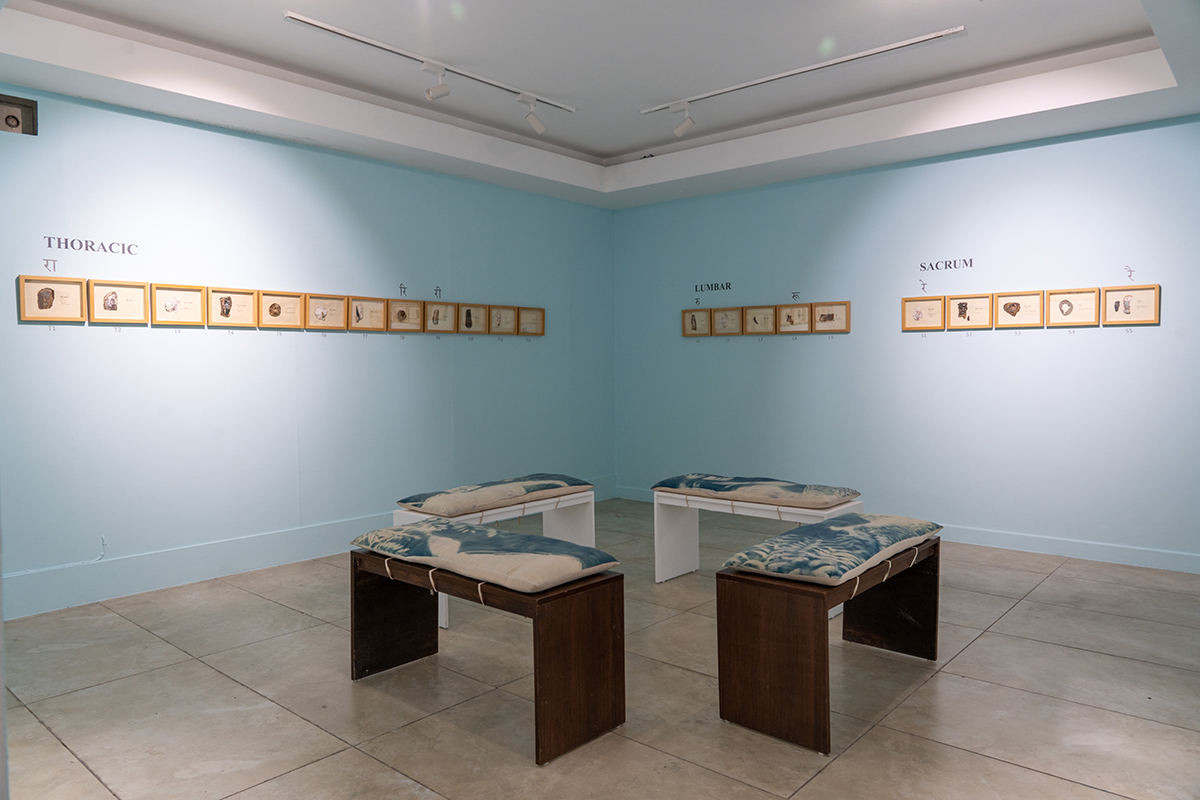
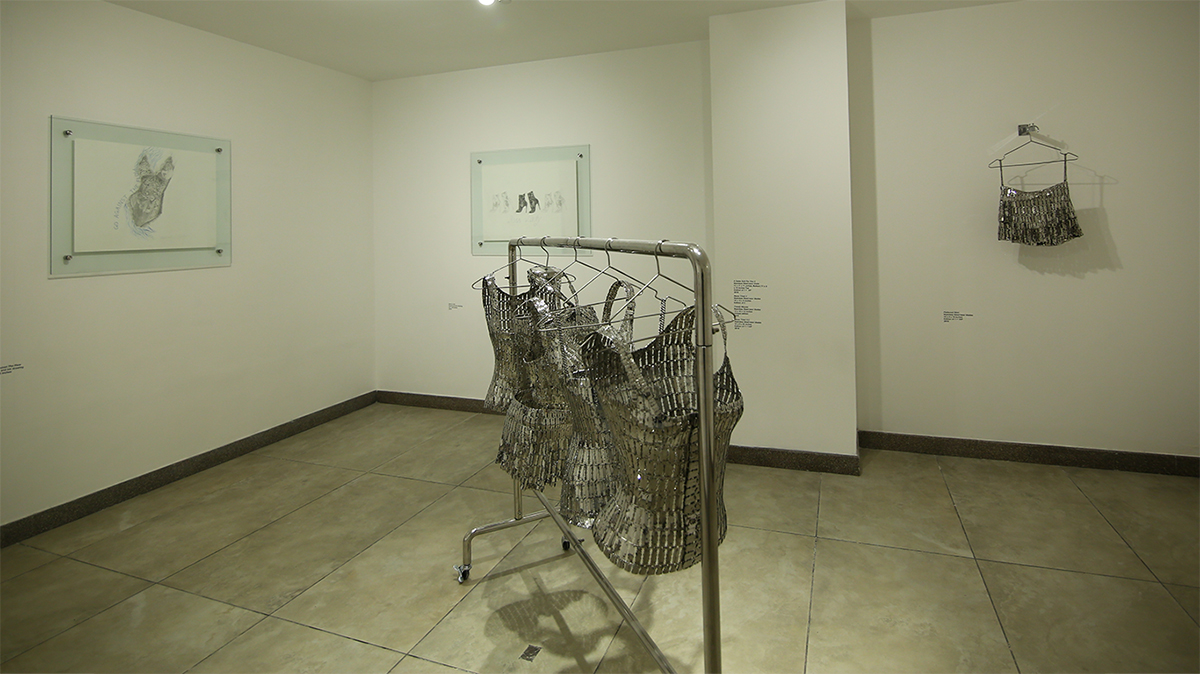
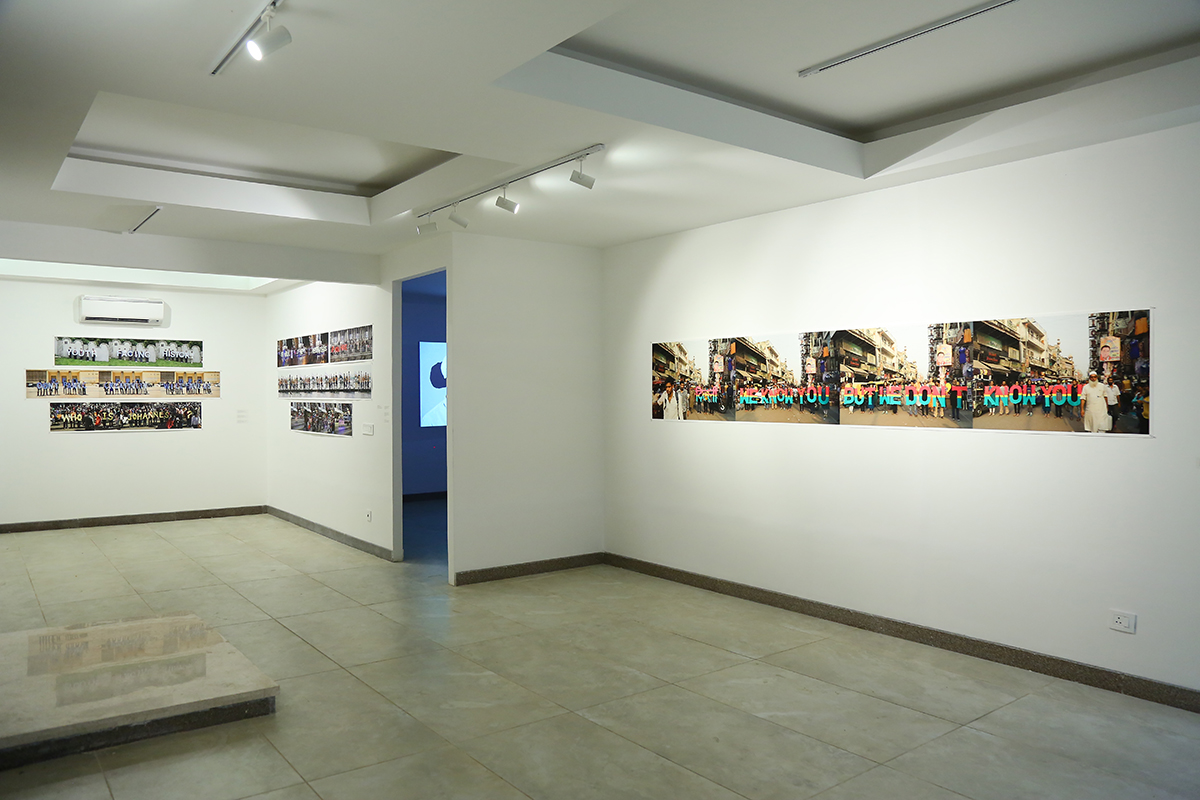
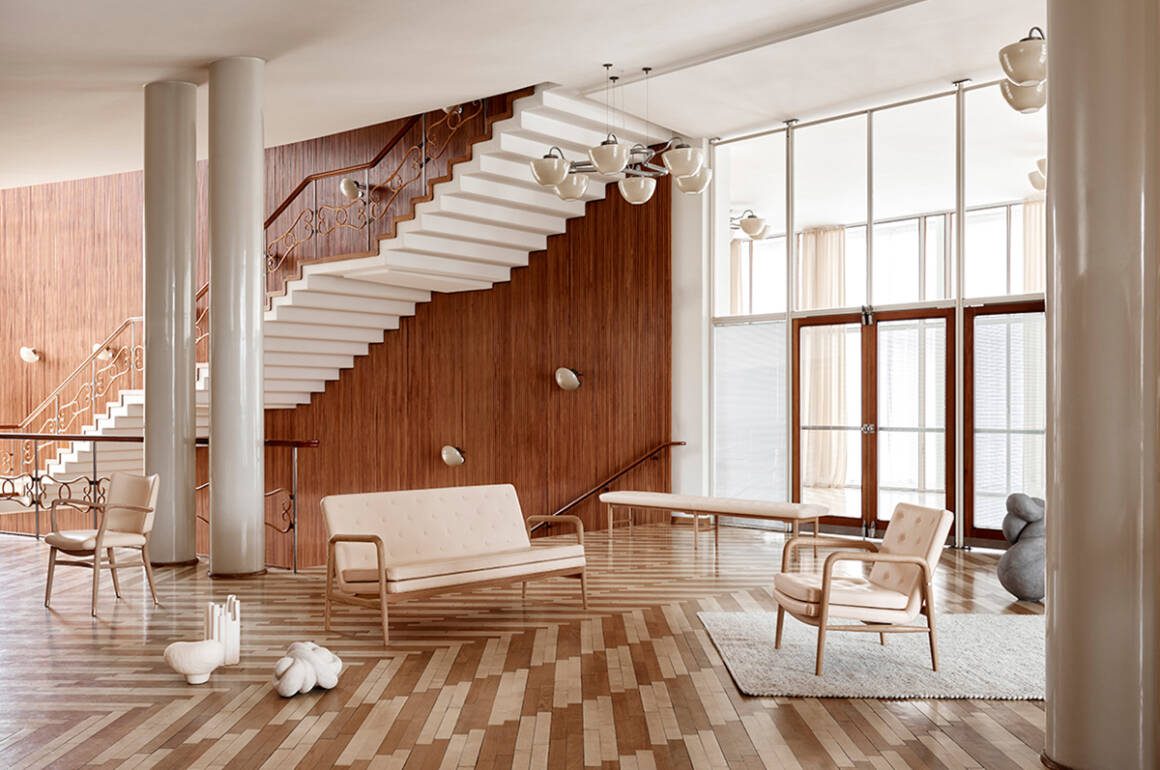
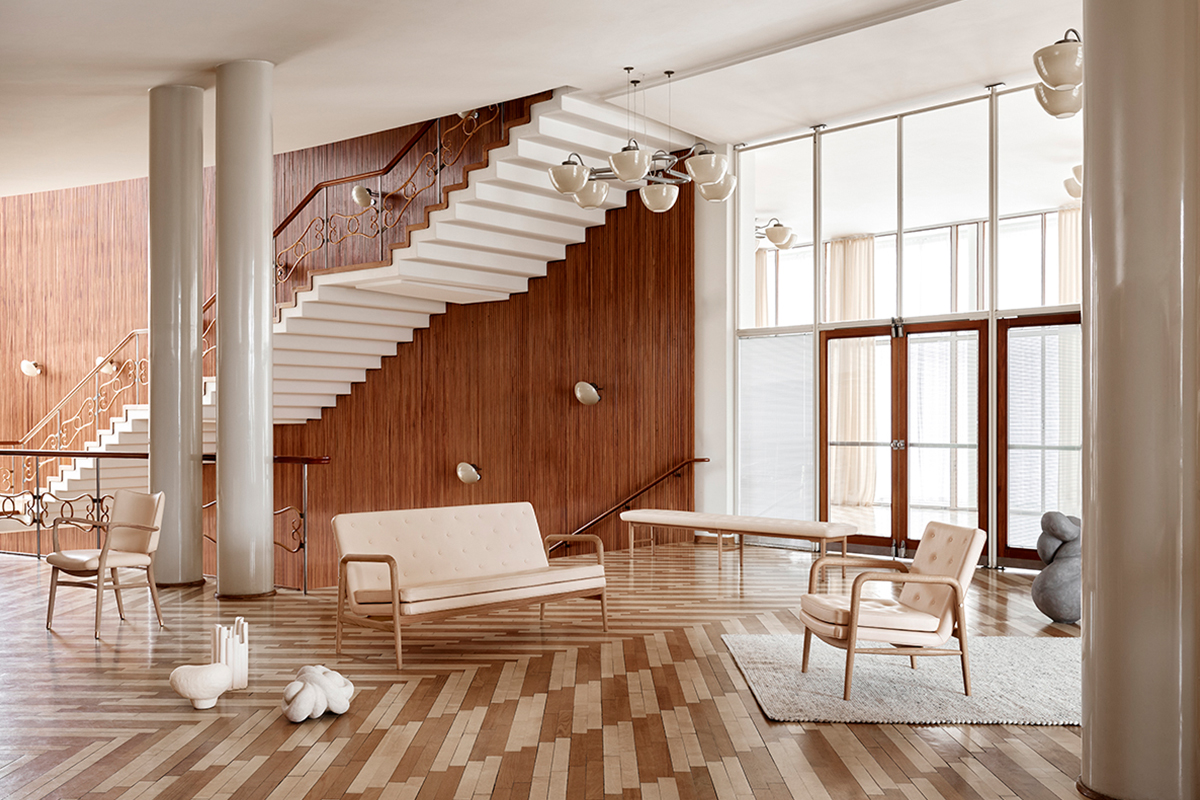
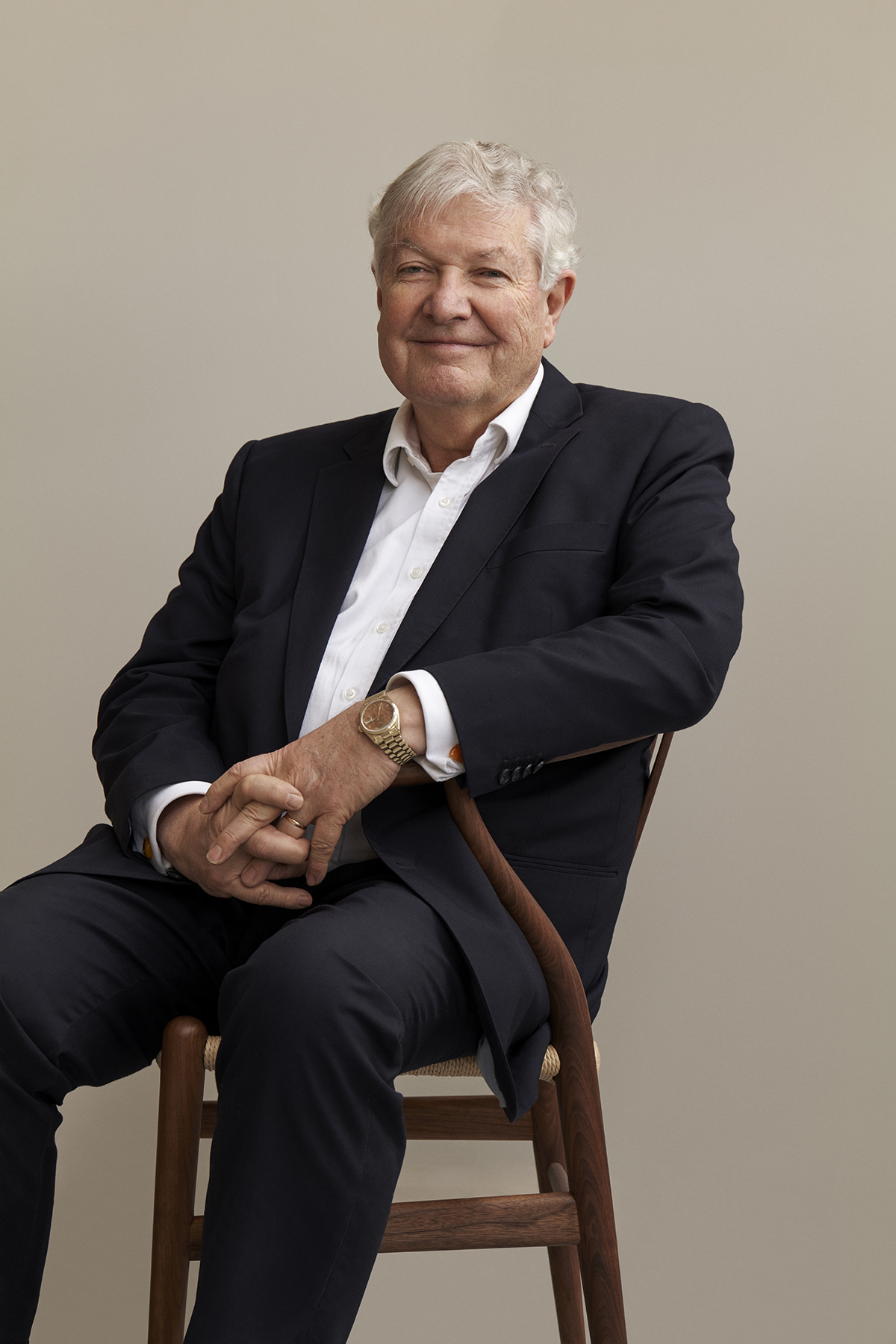
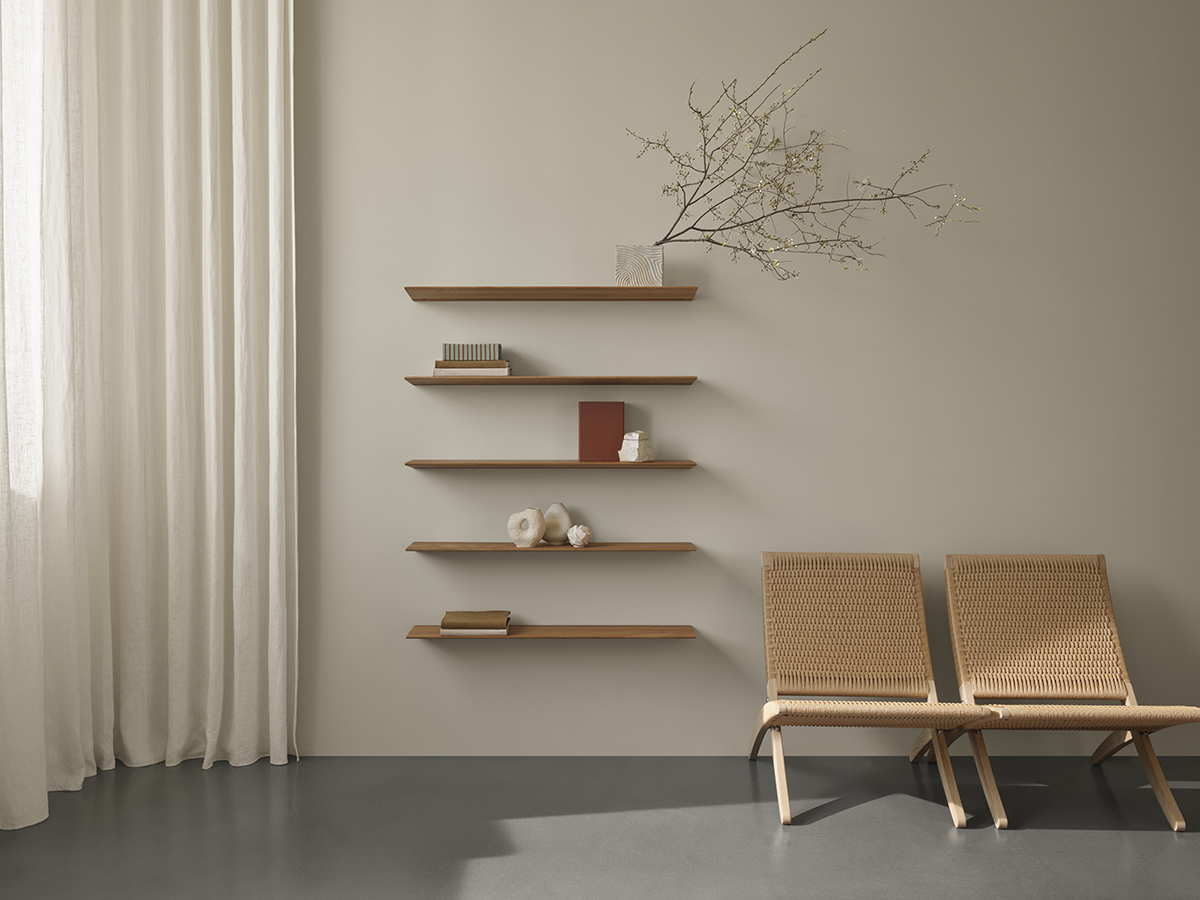
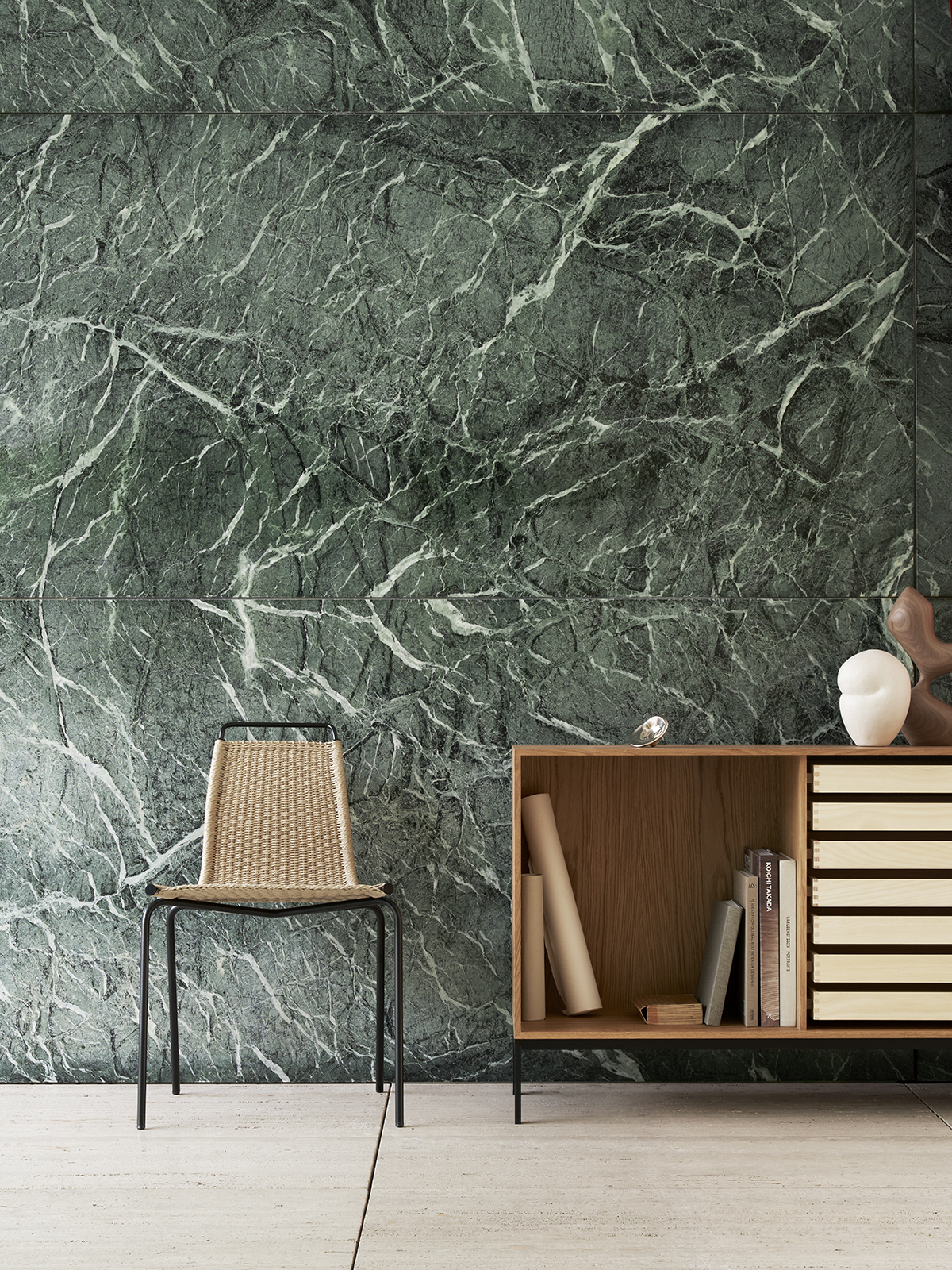
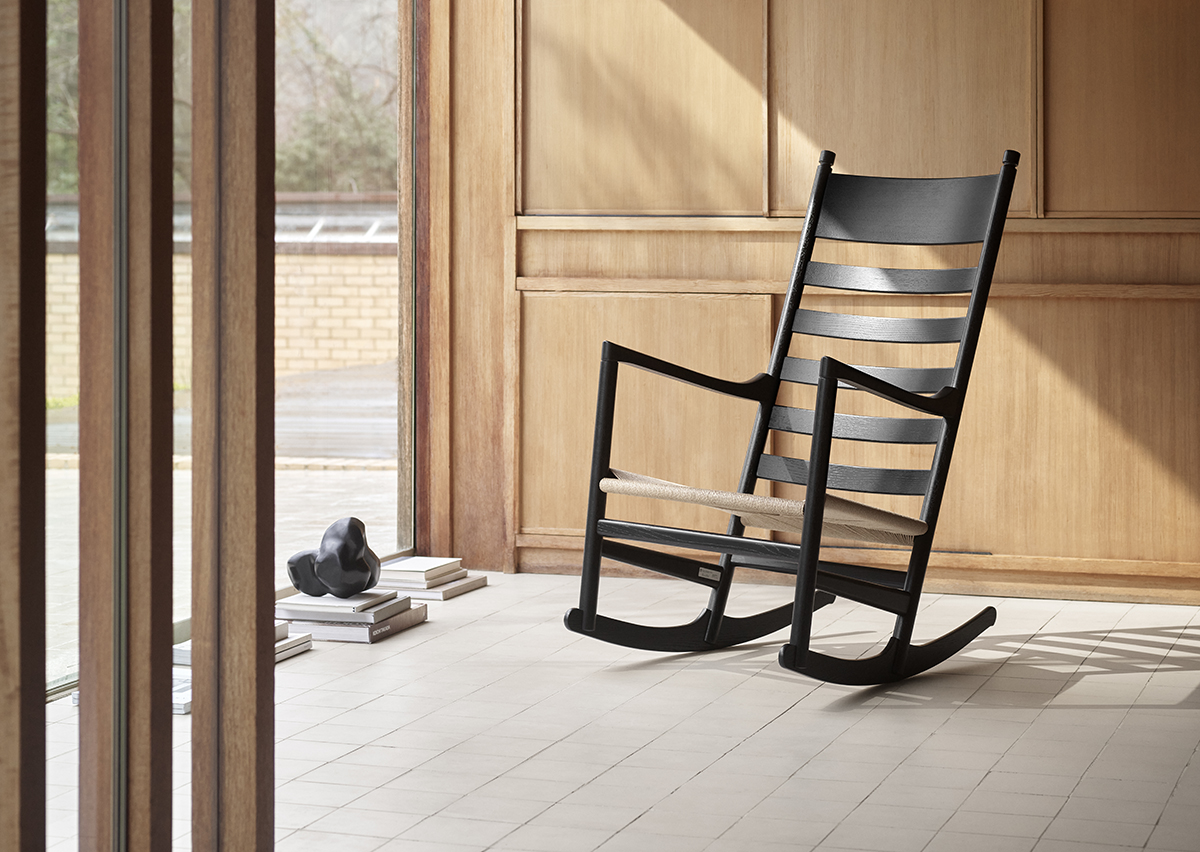
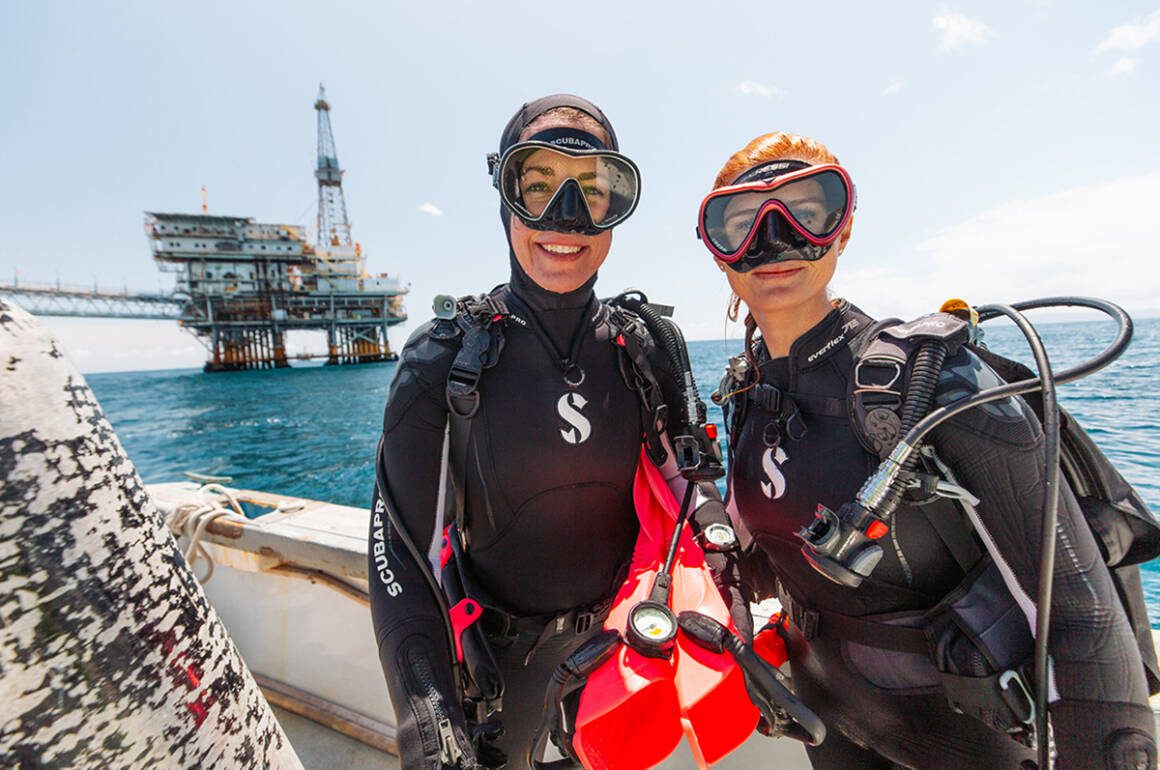
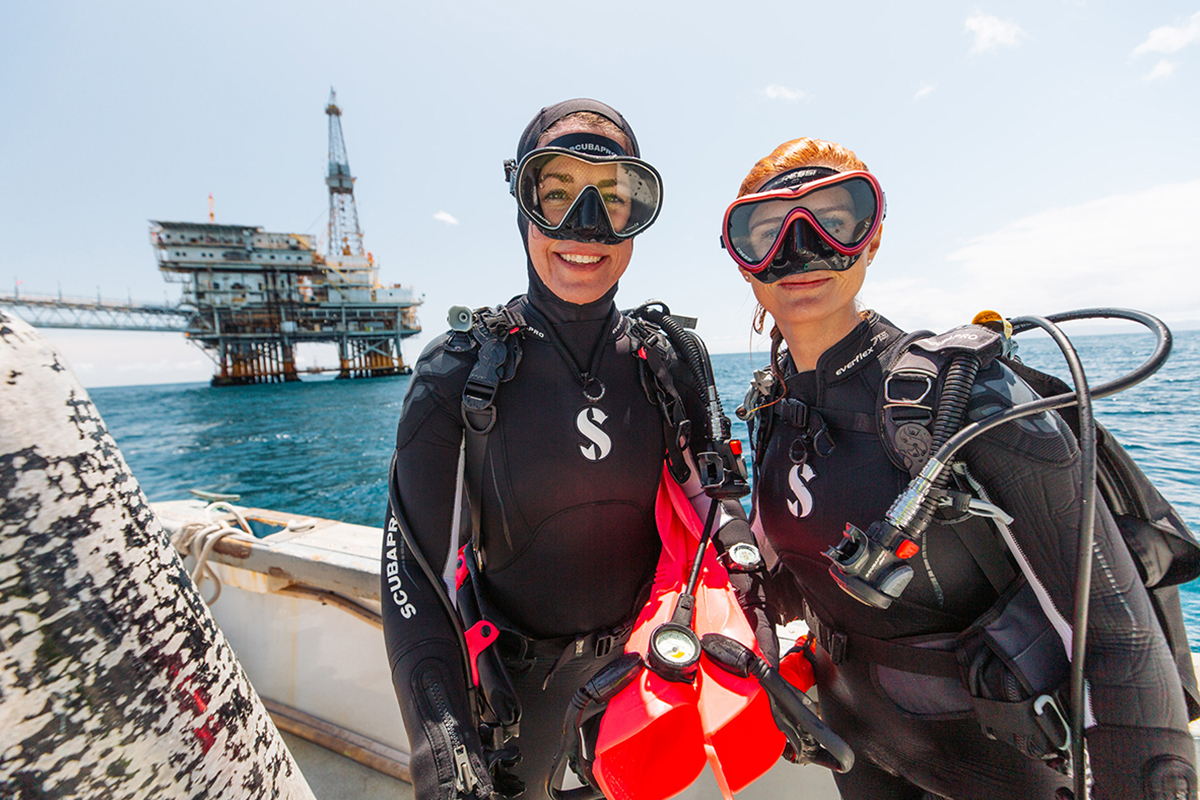
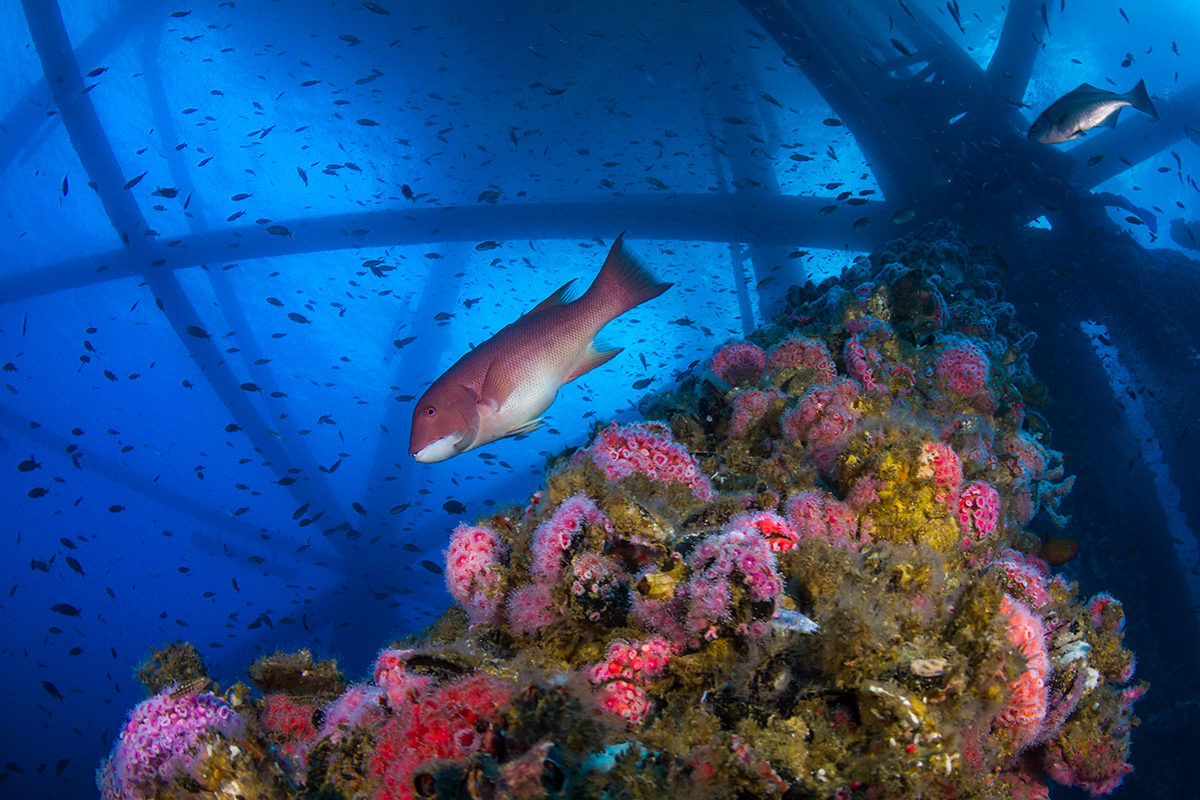
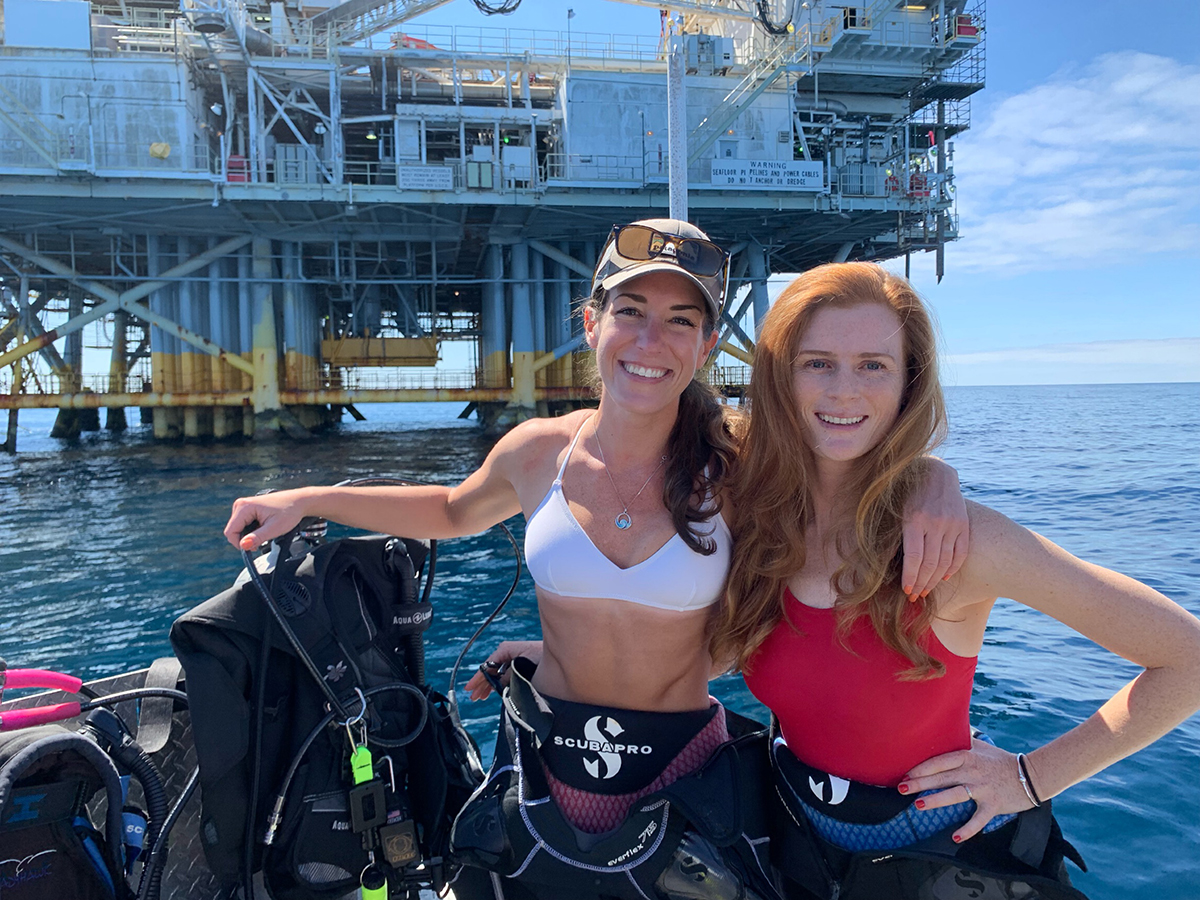
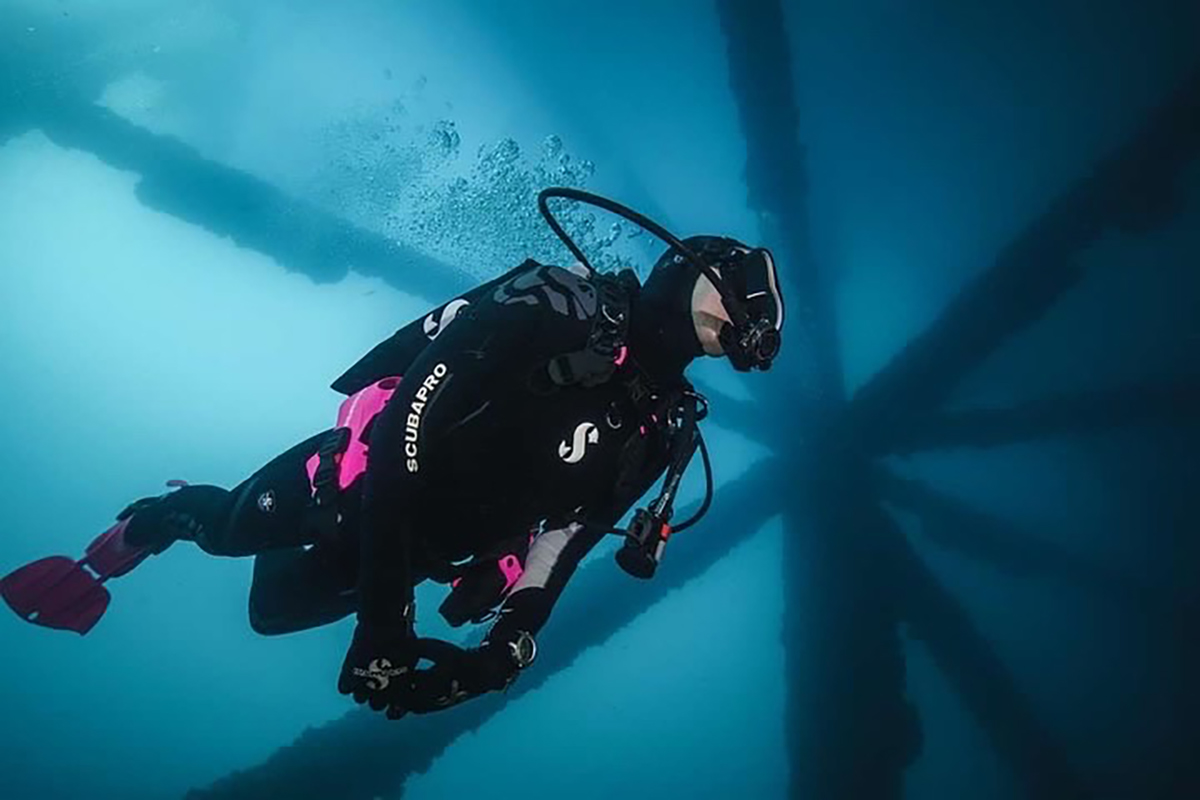
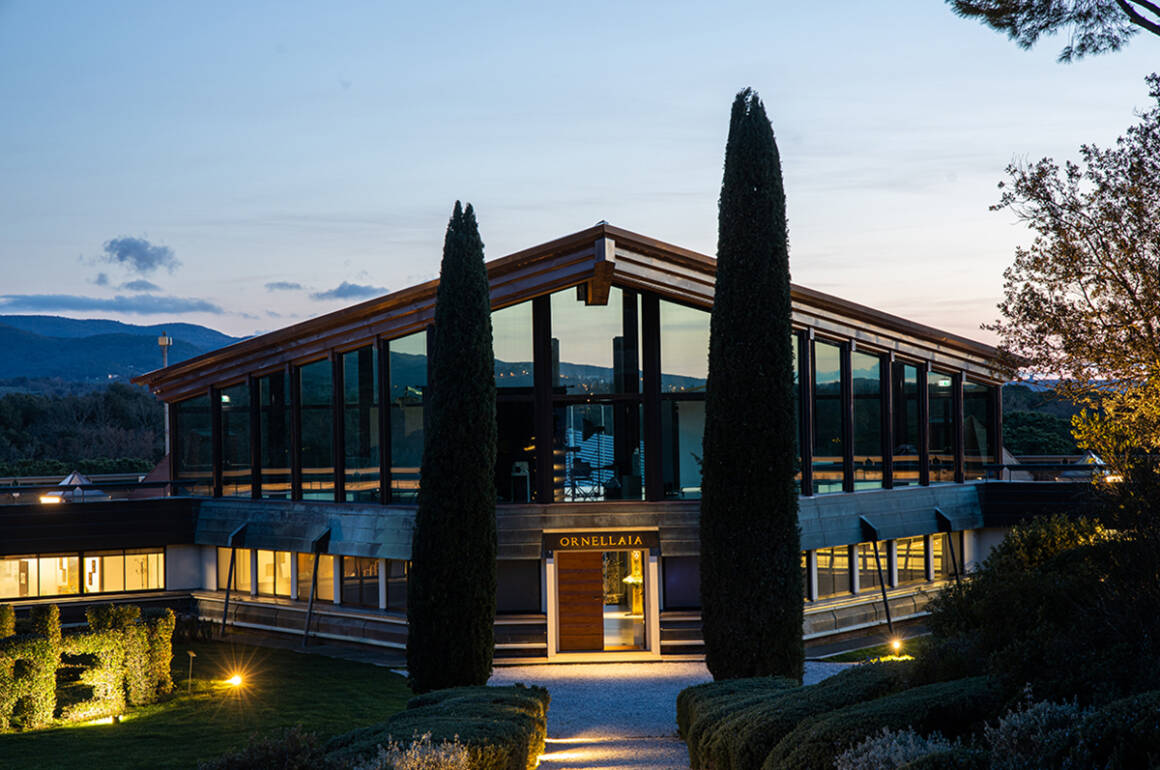
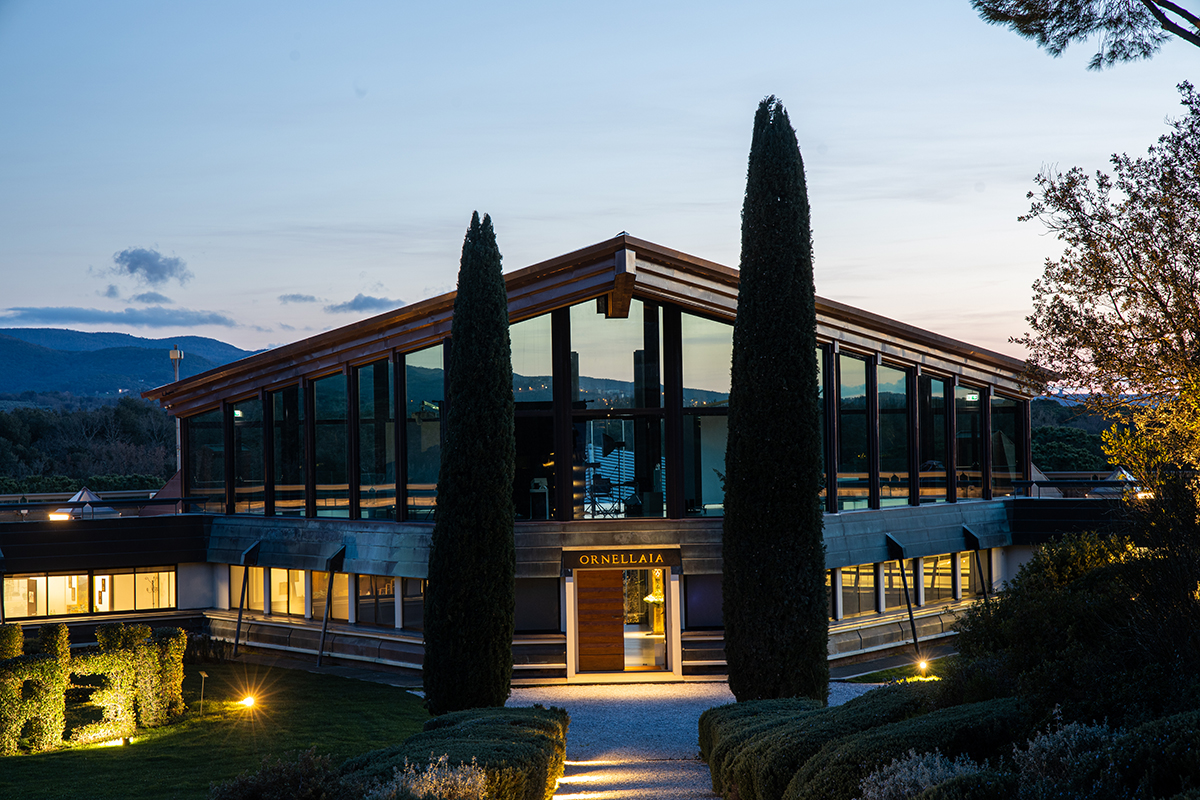
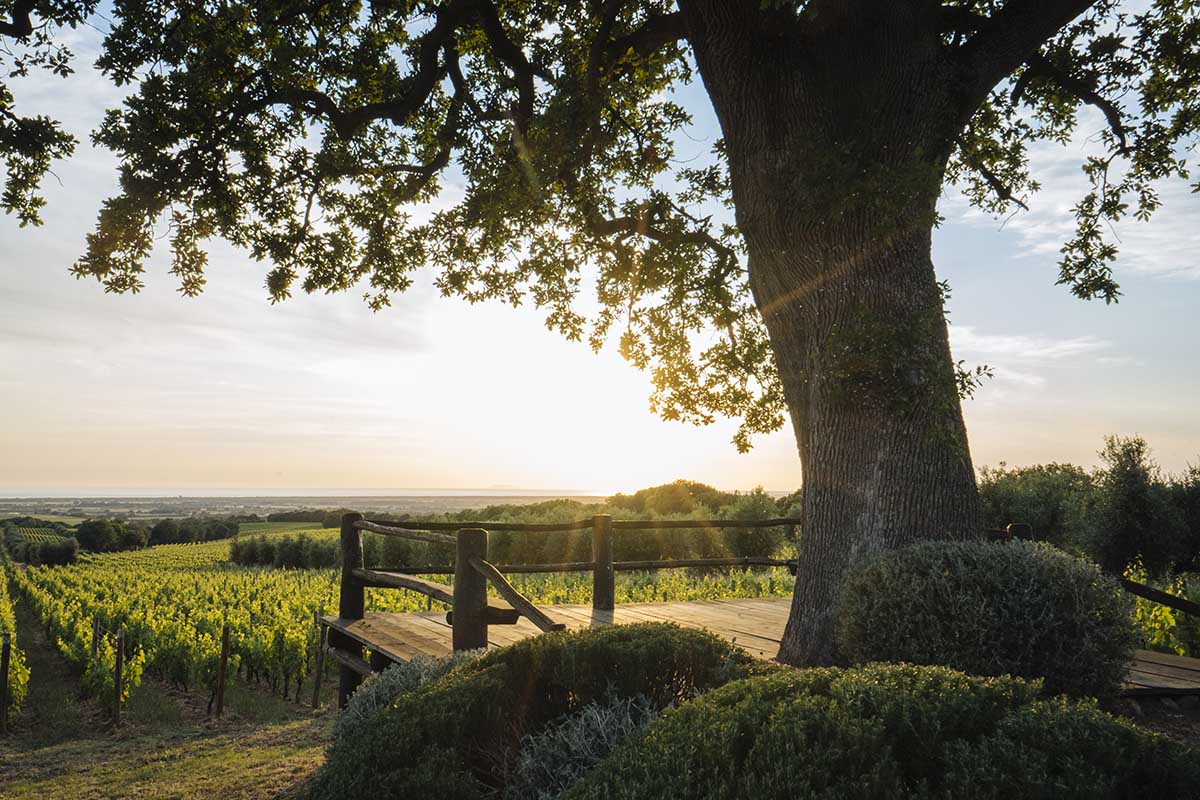
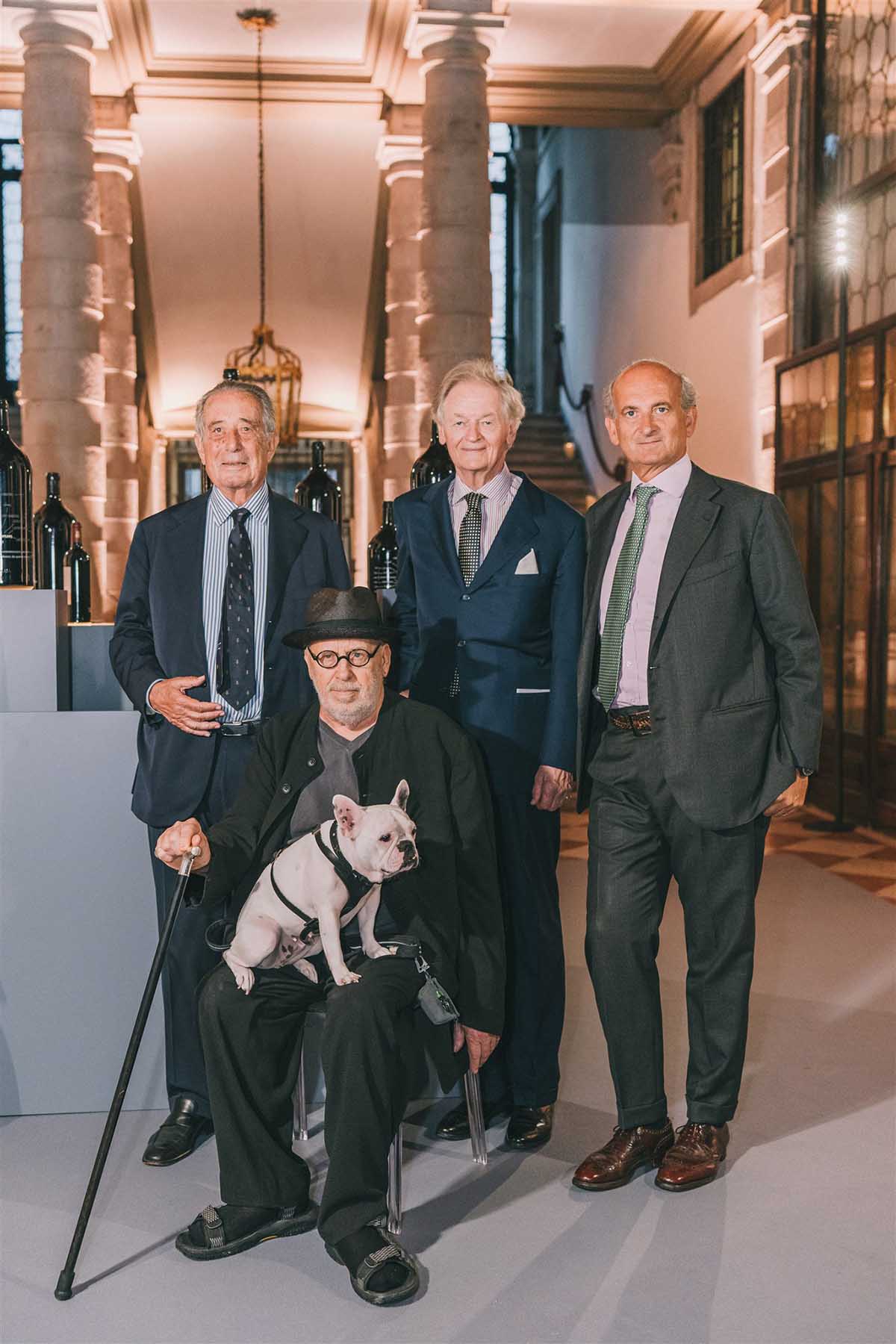
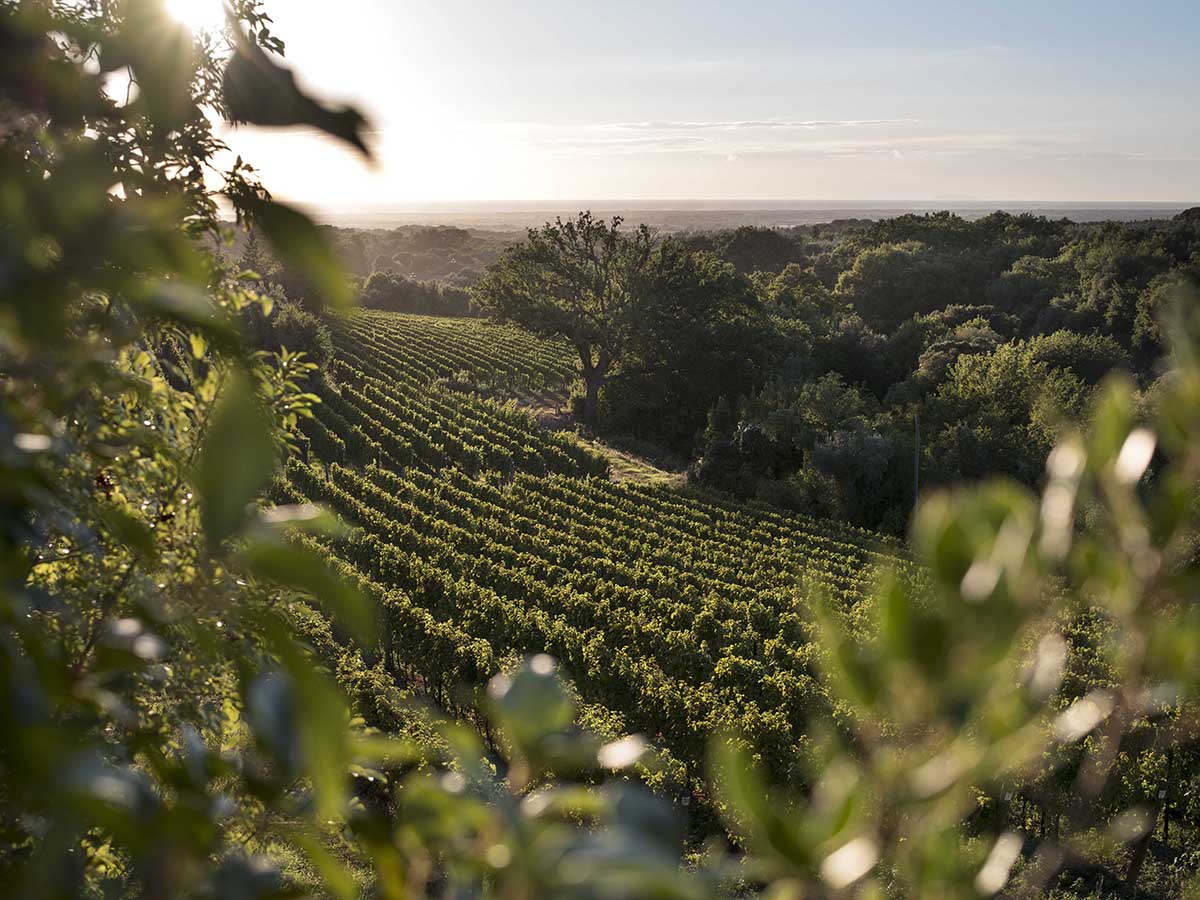
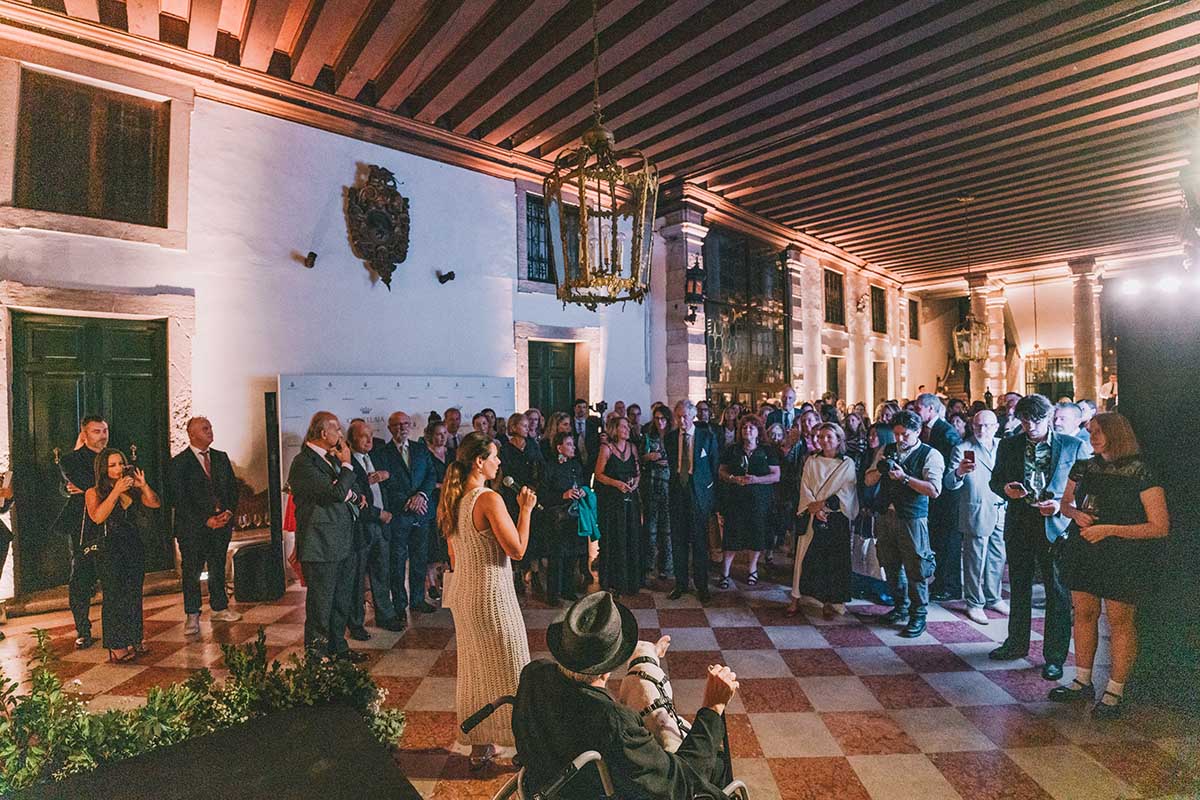
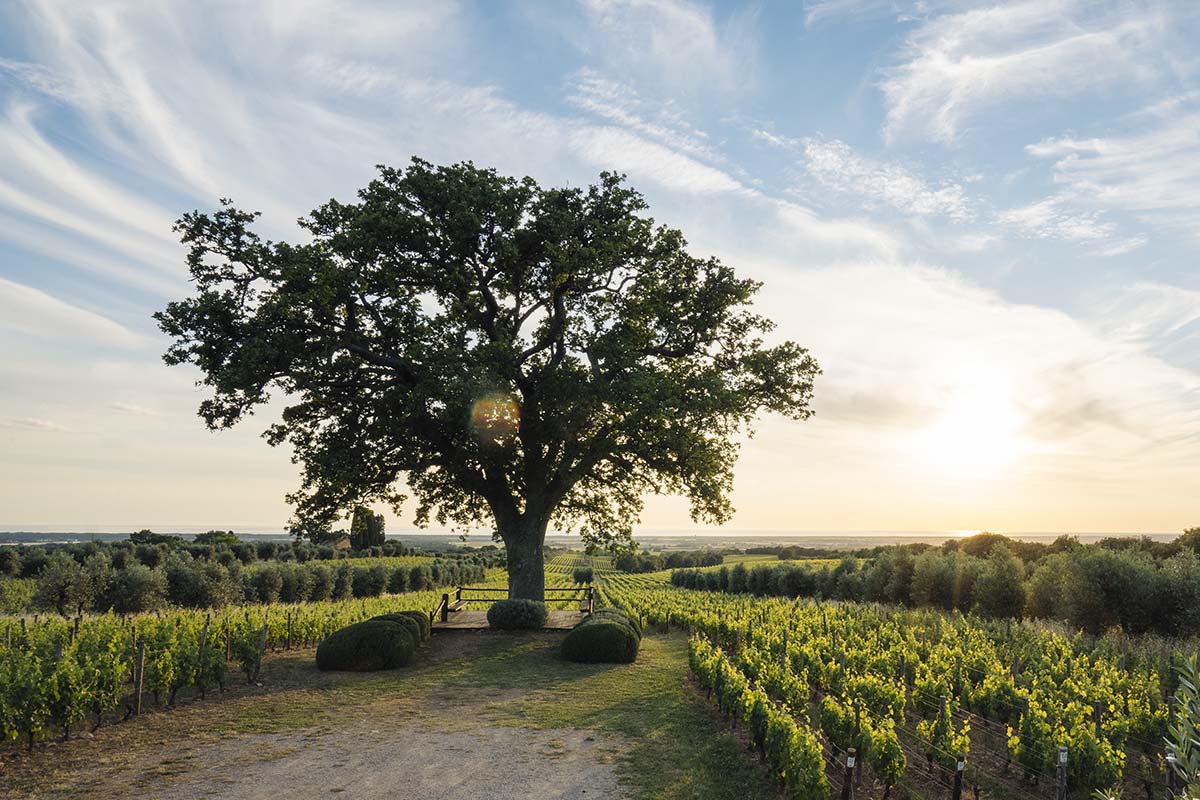
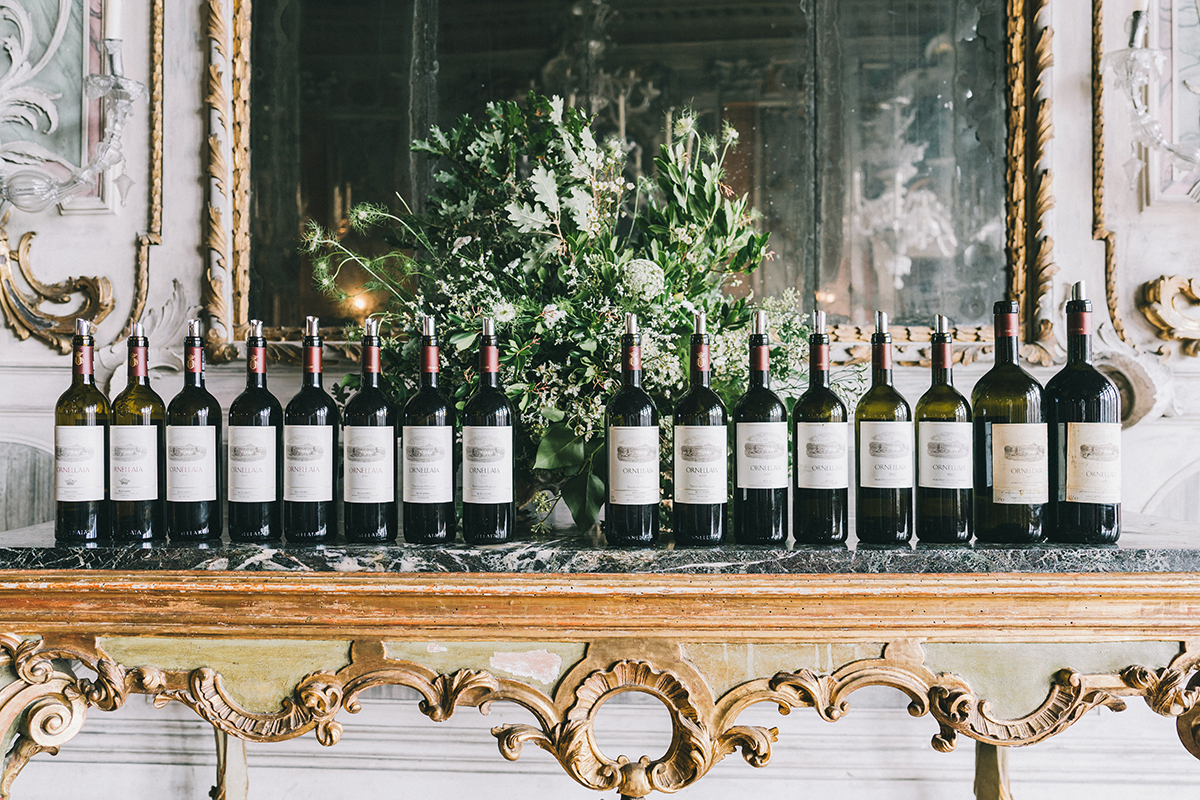
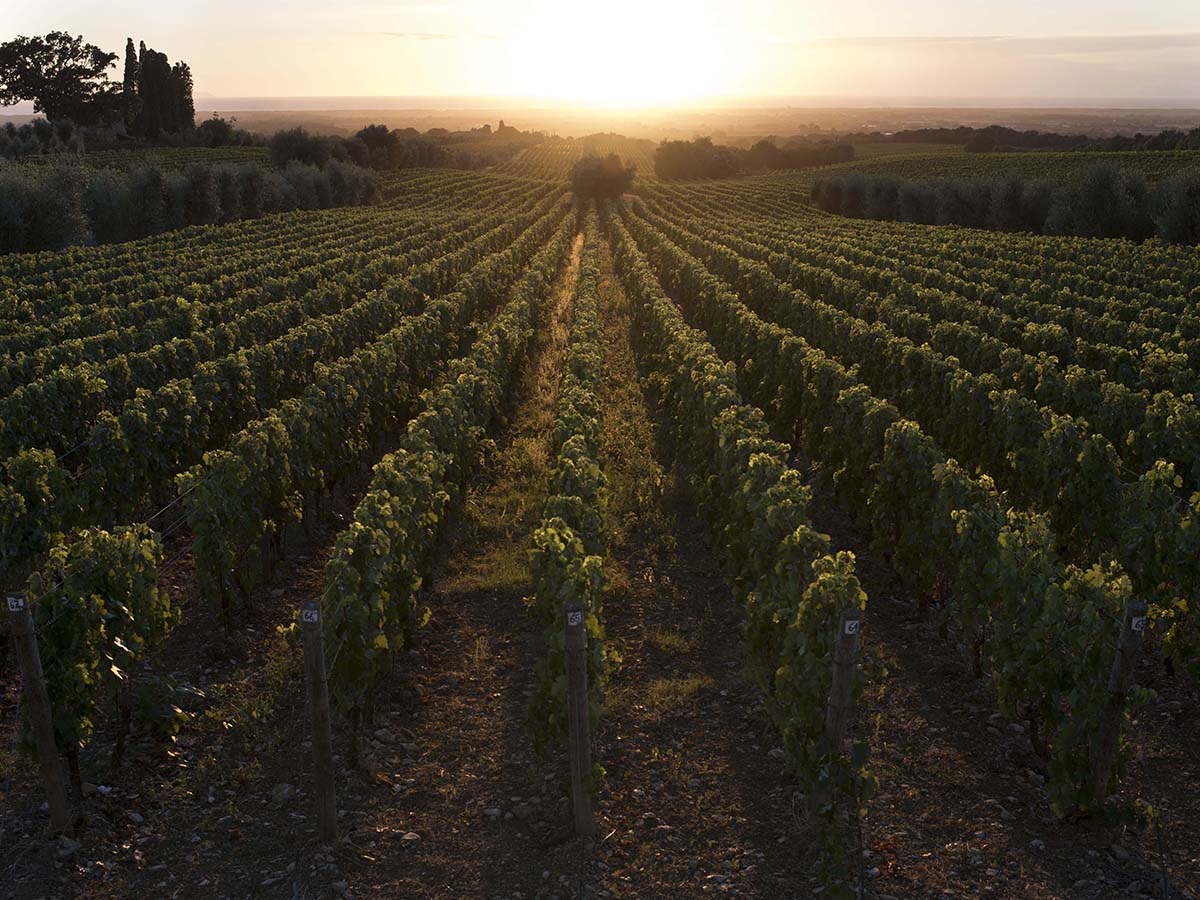





Recent Comments